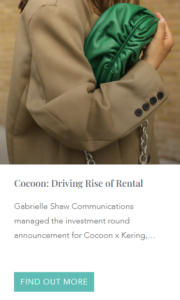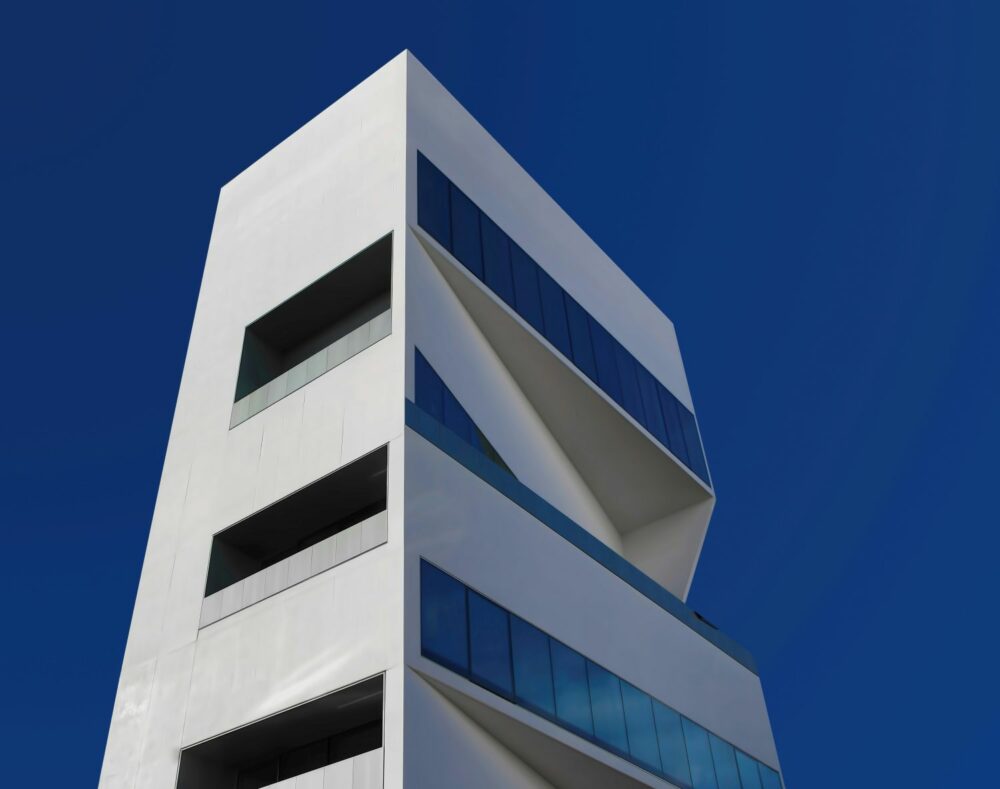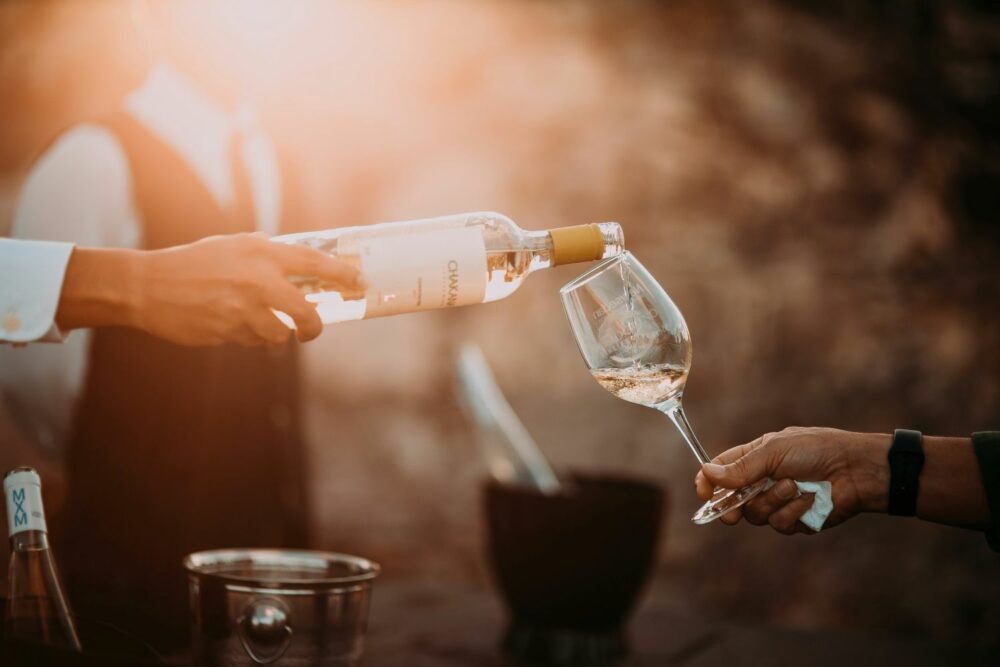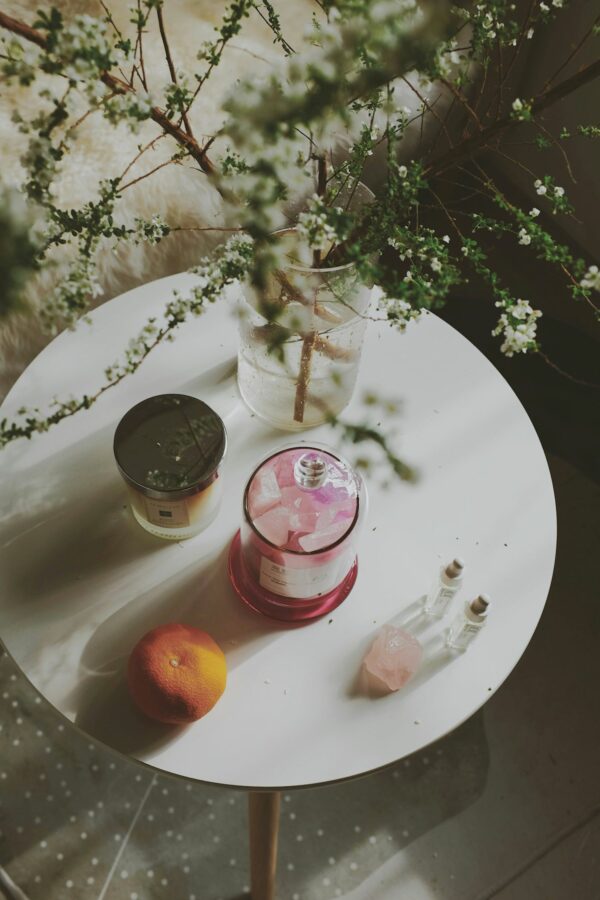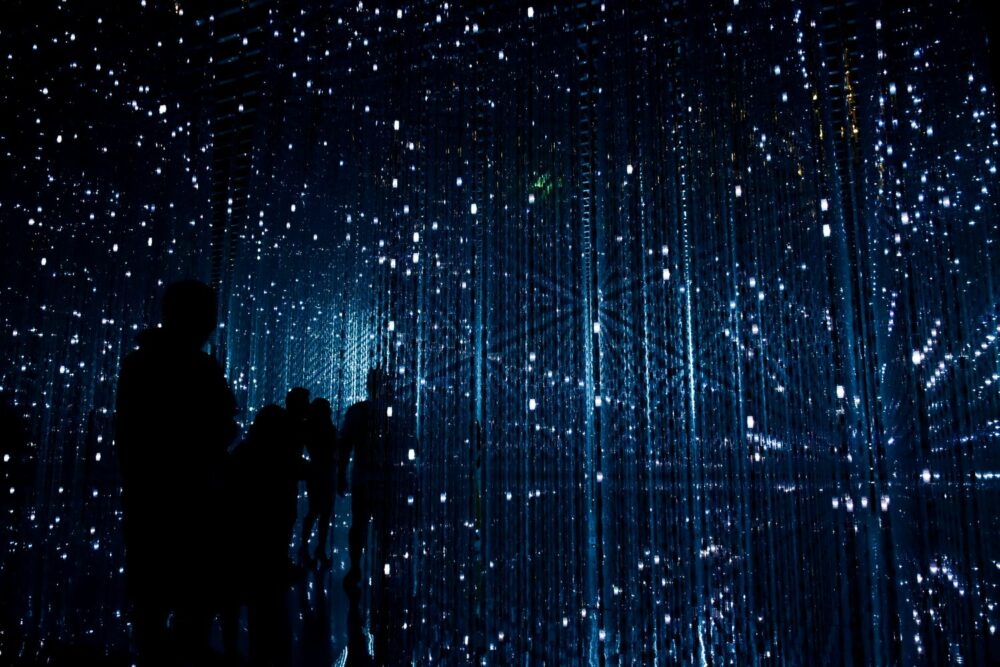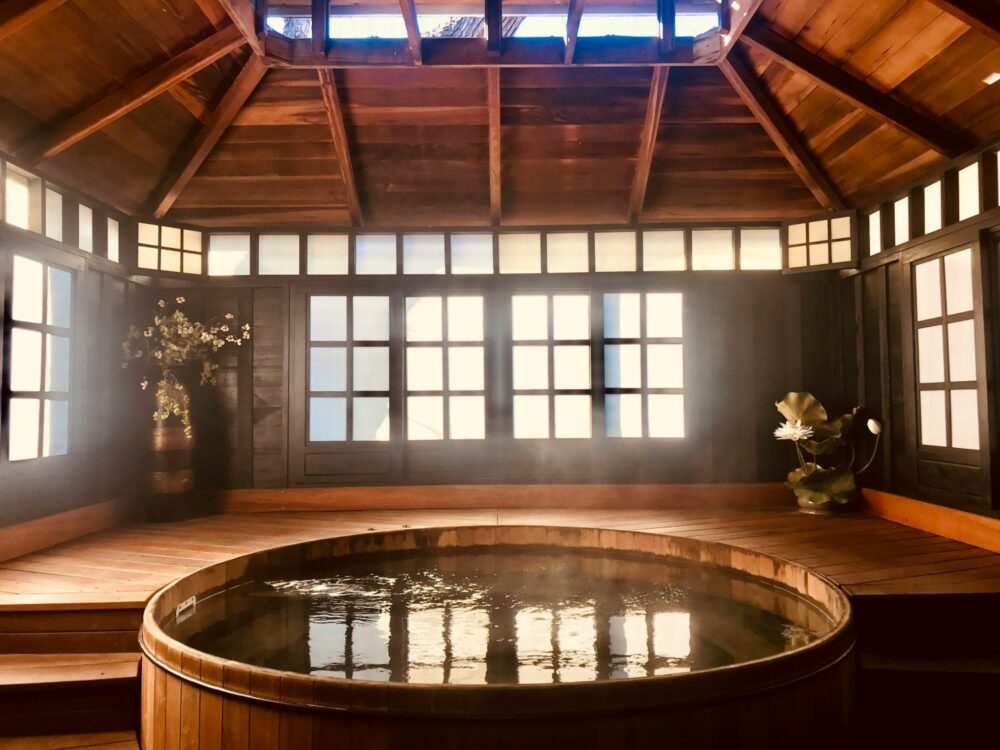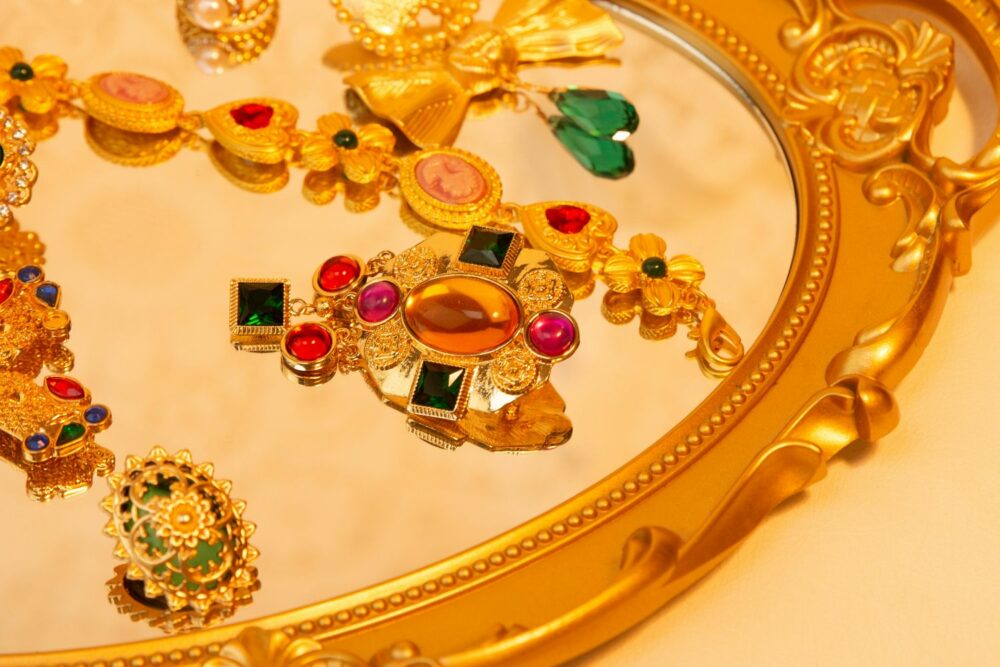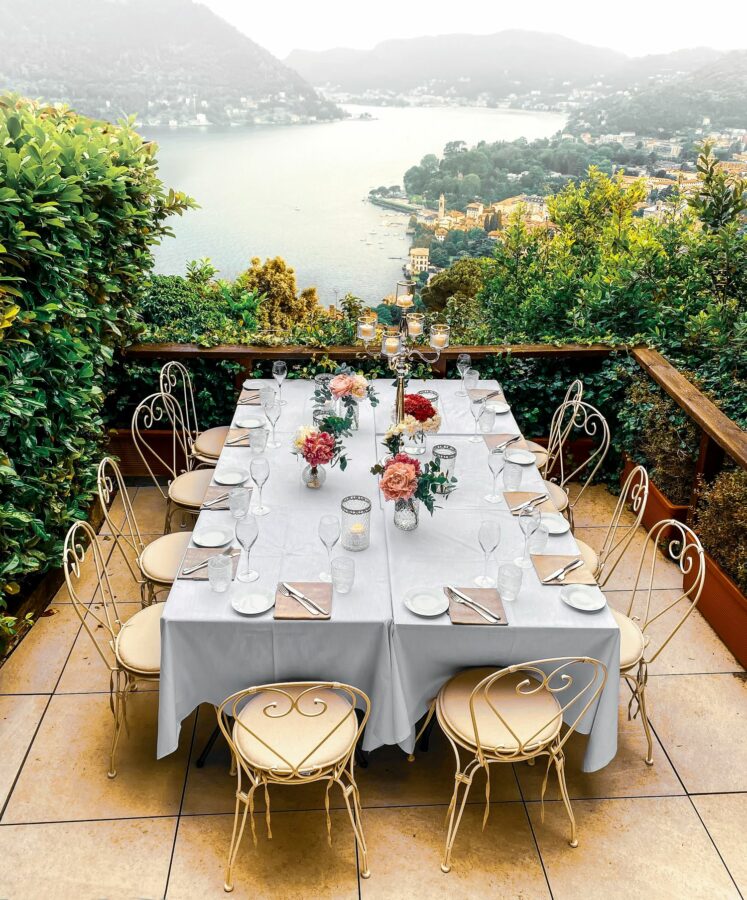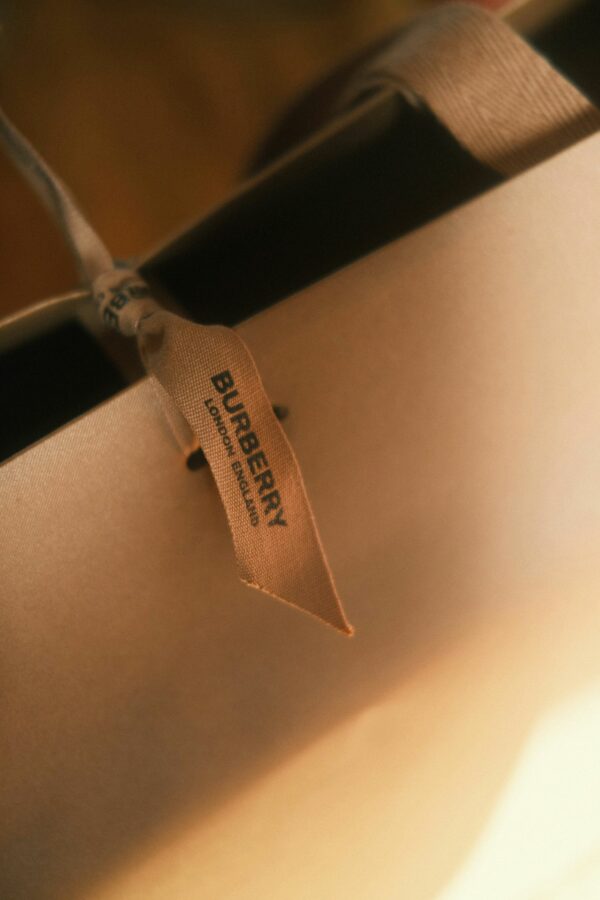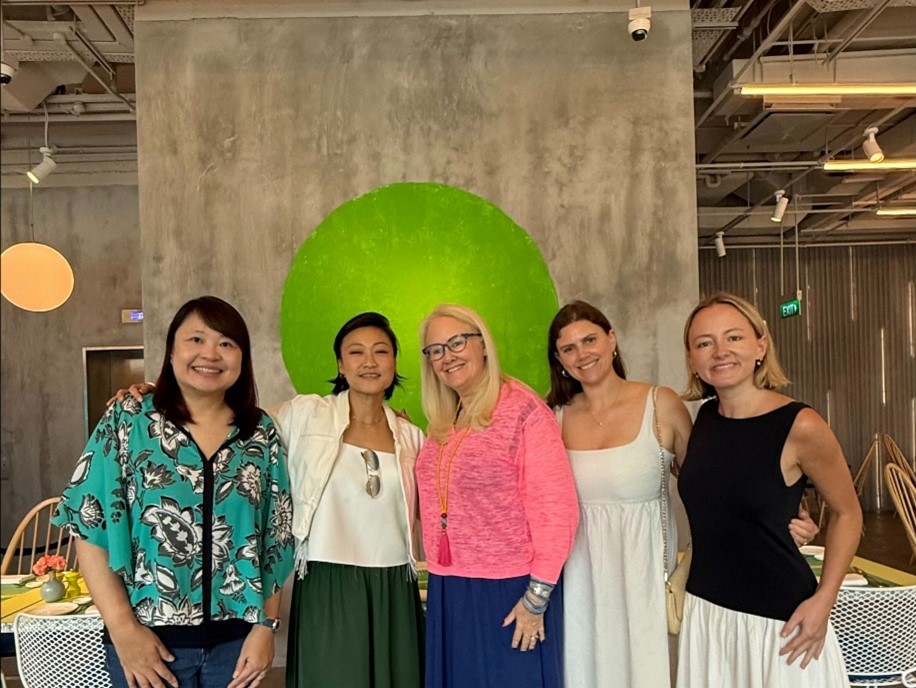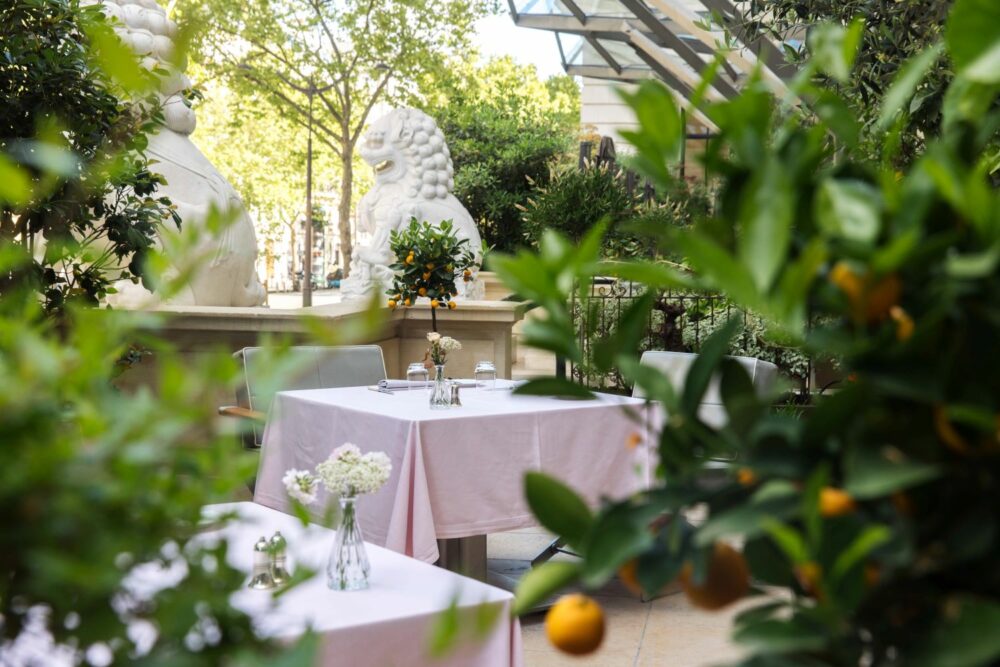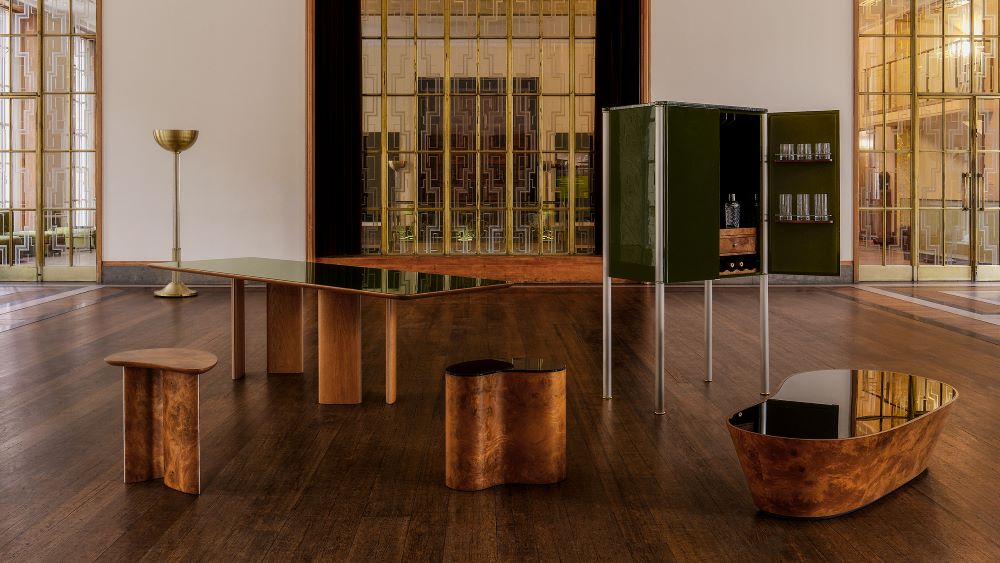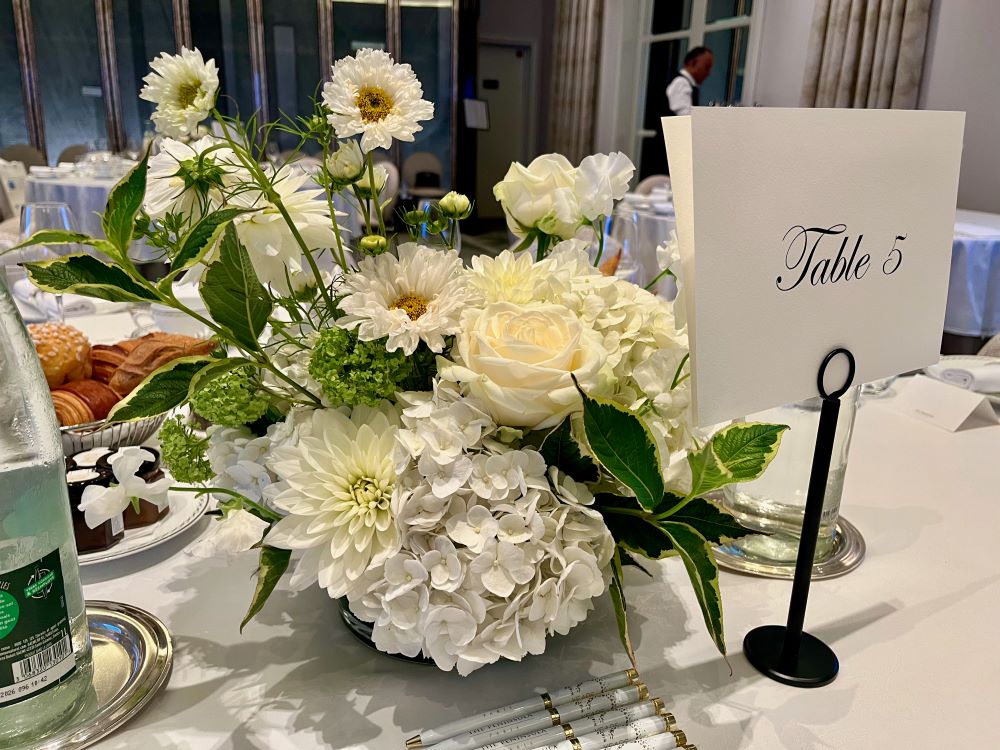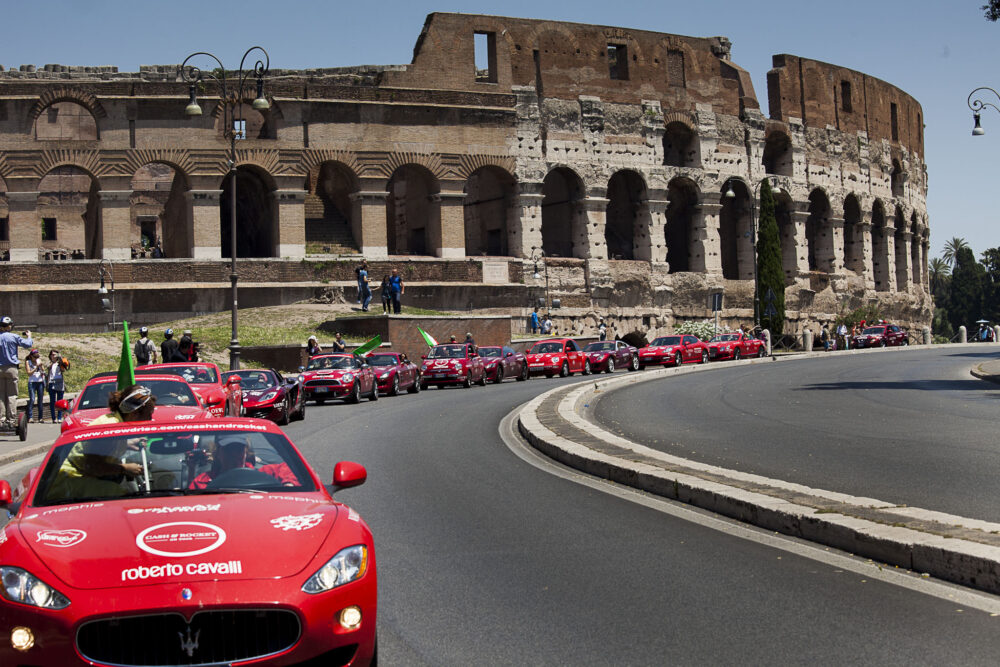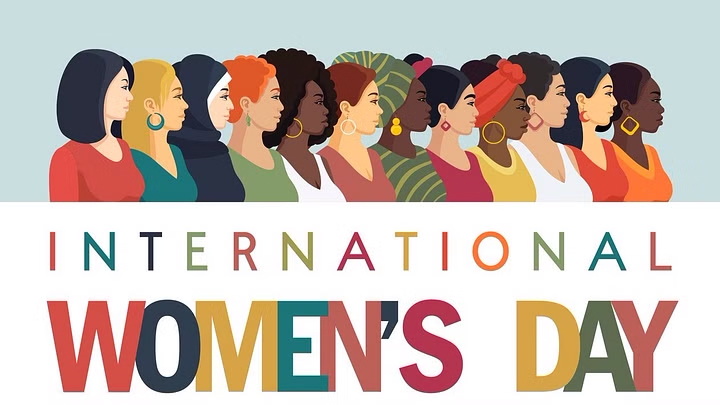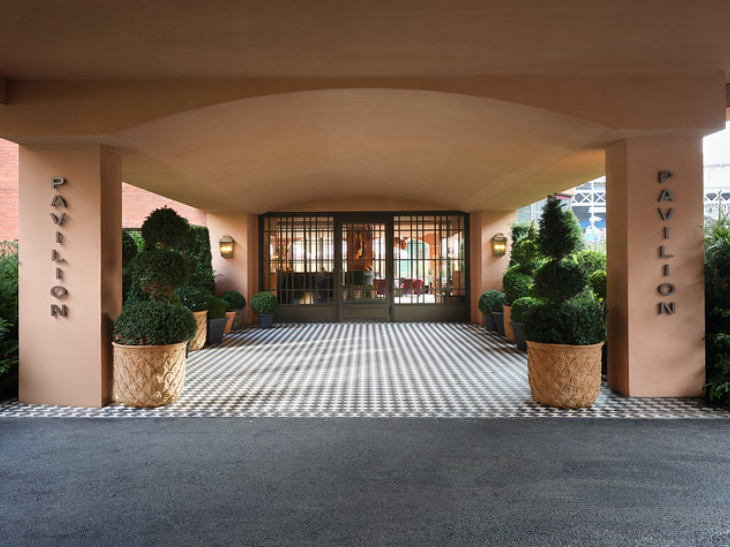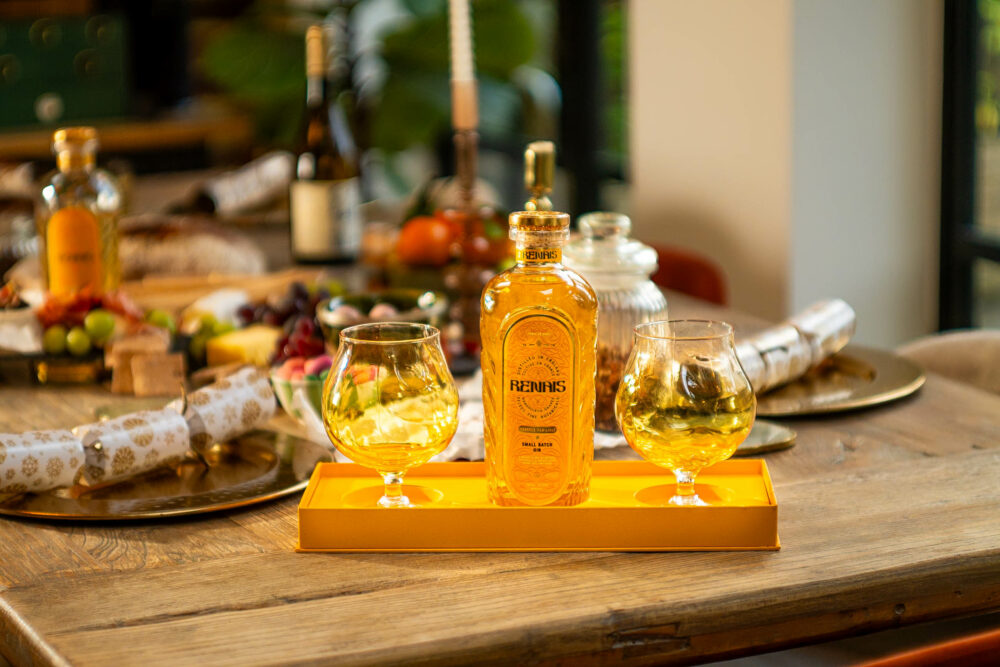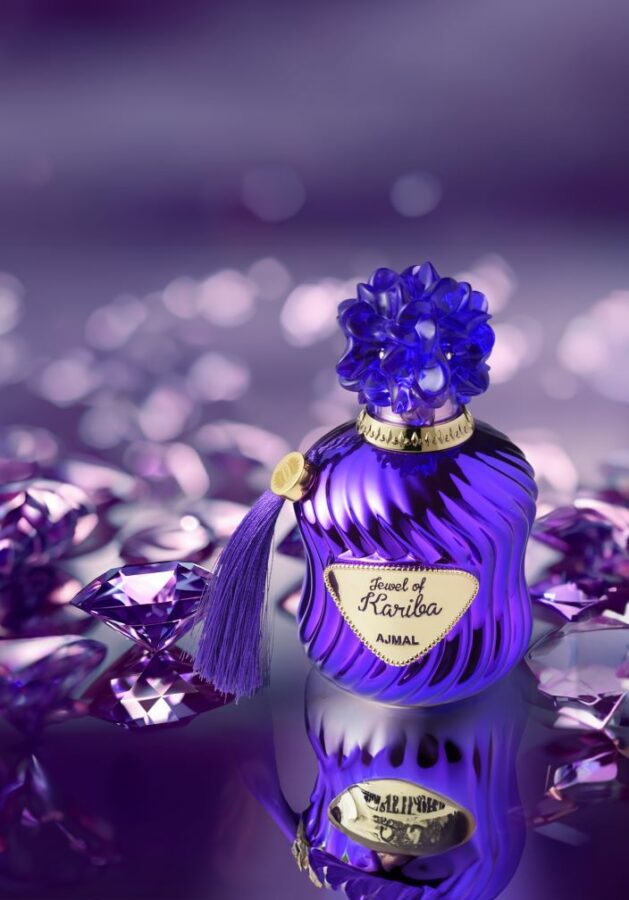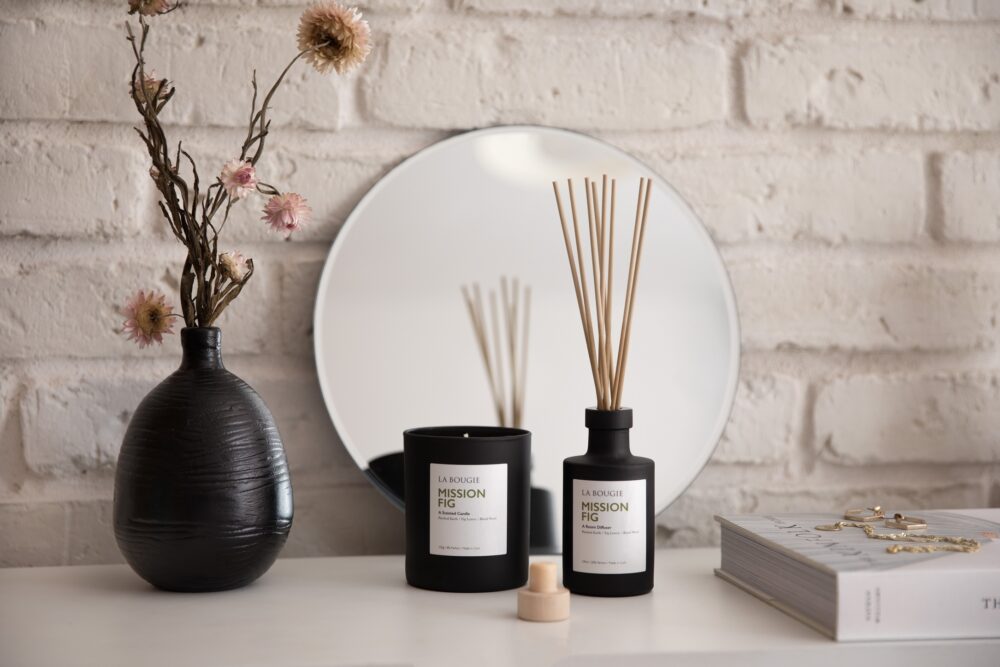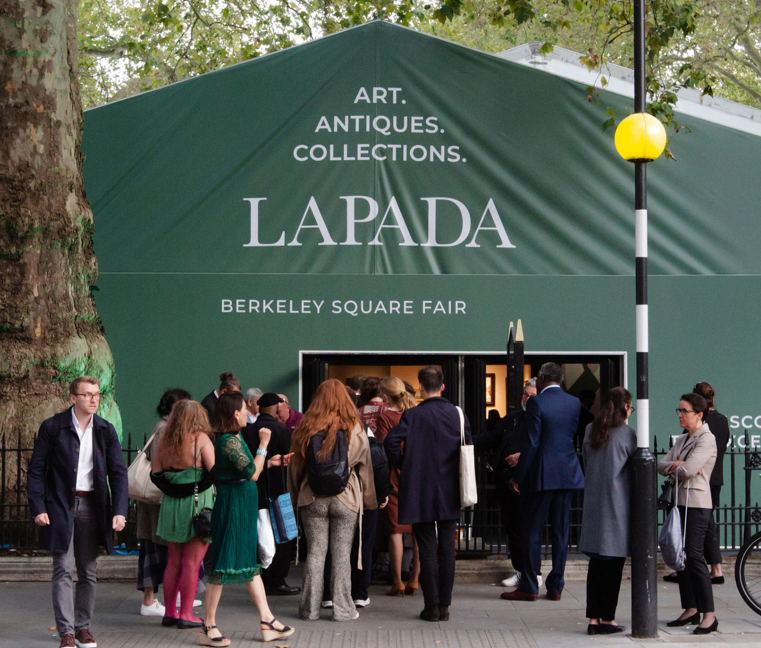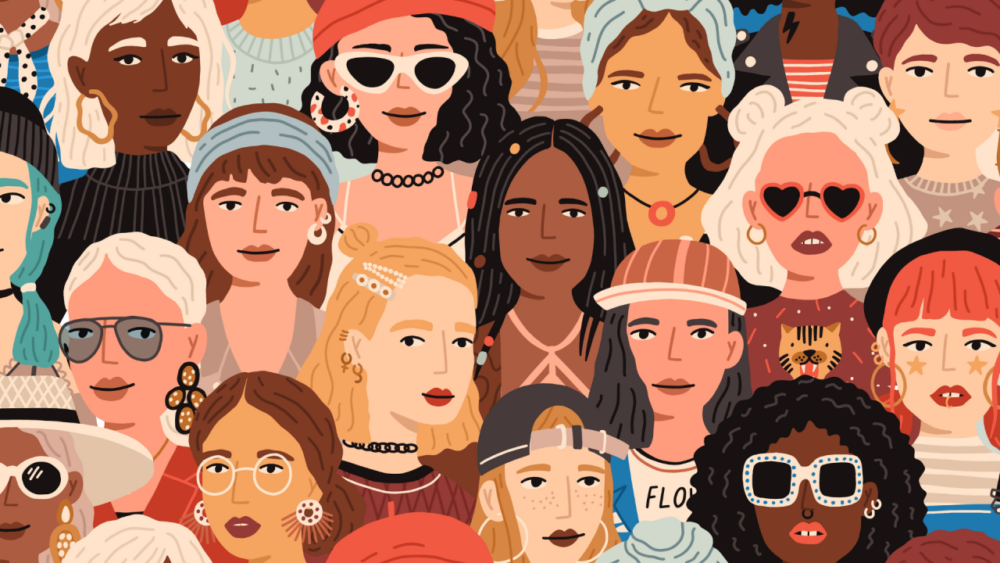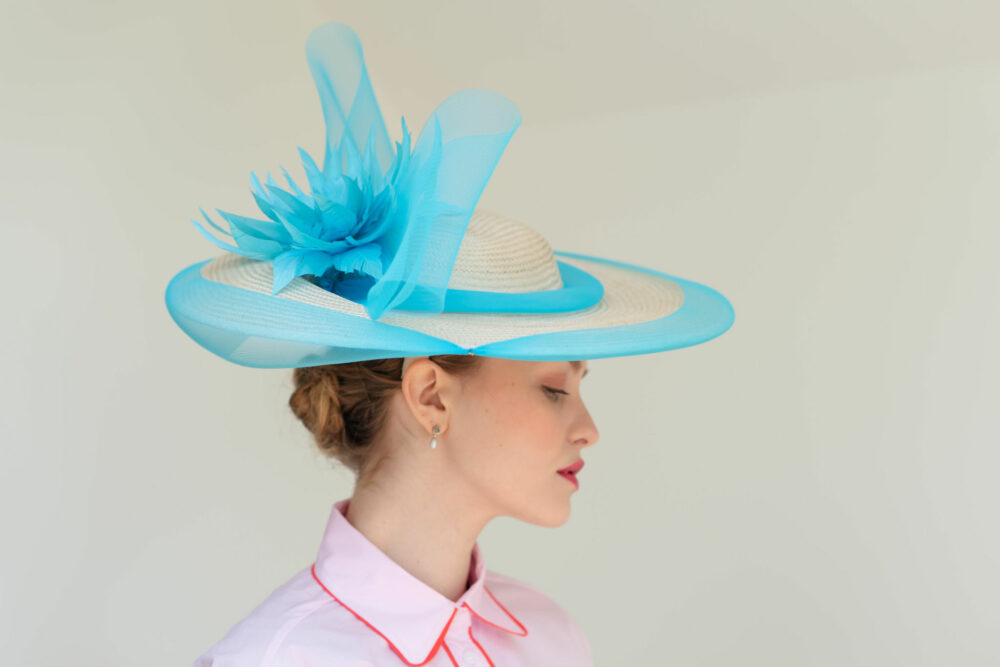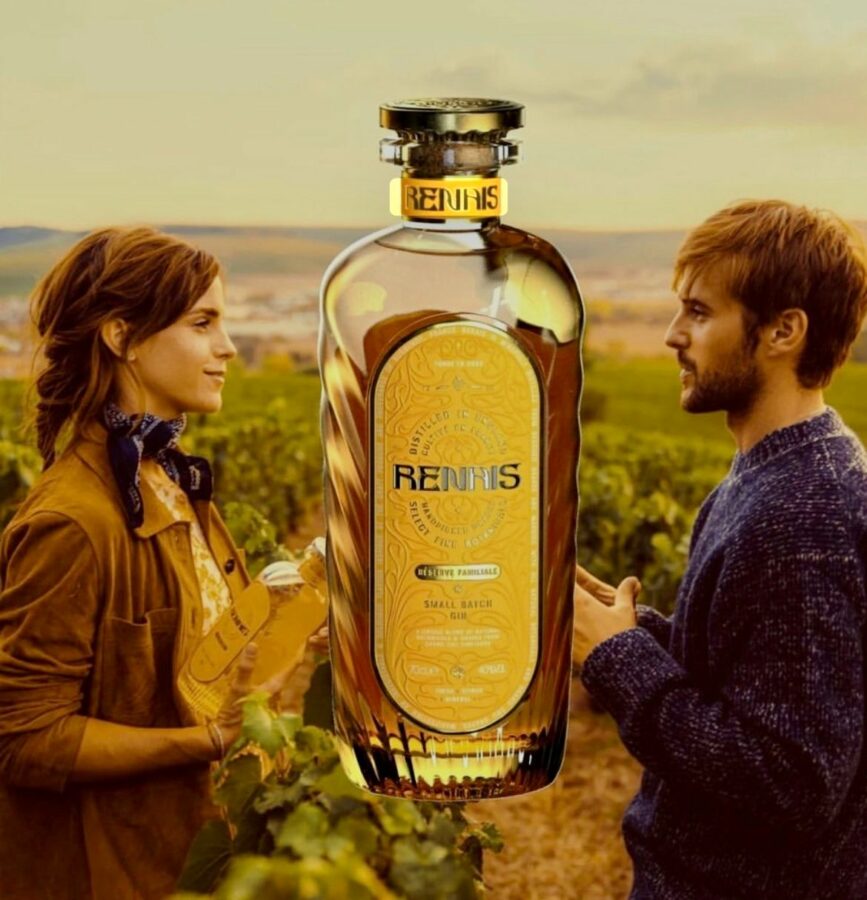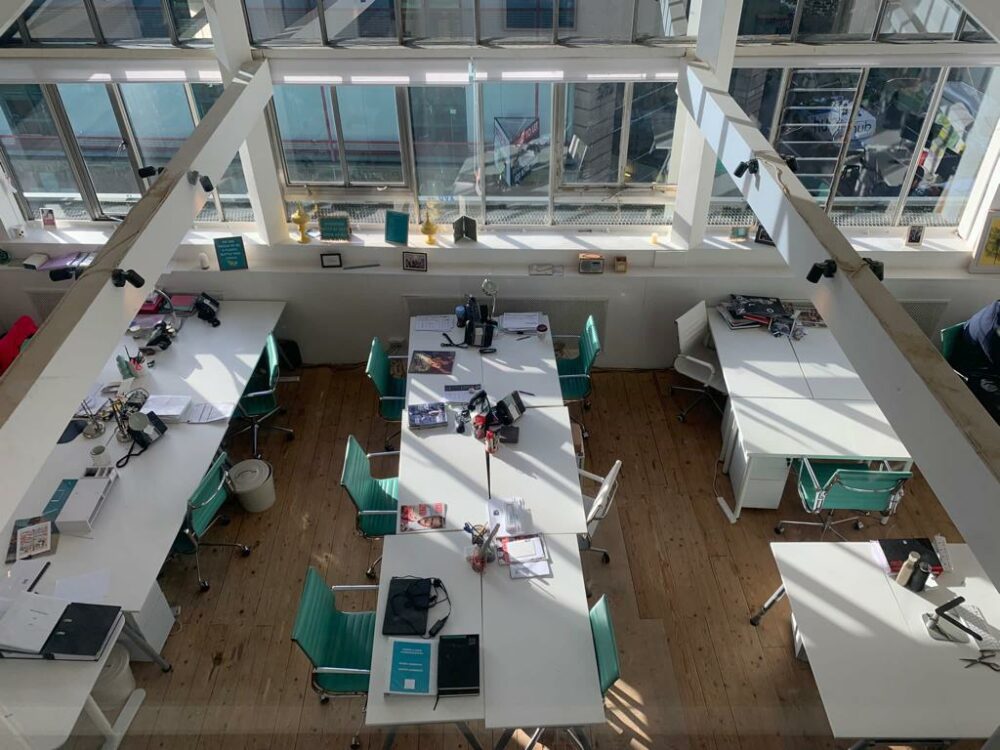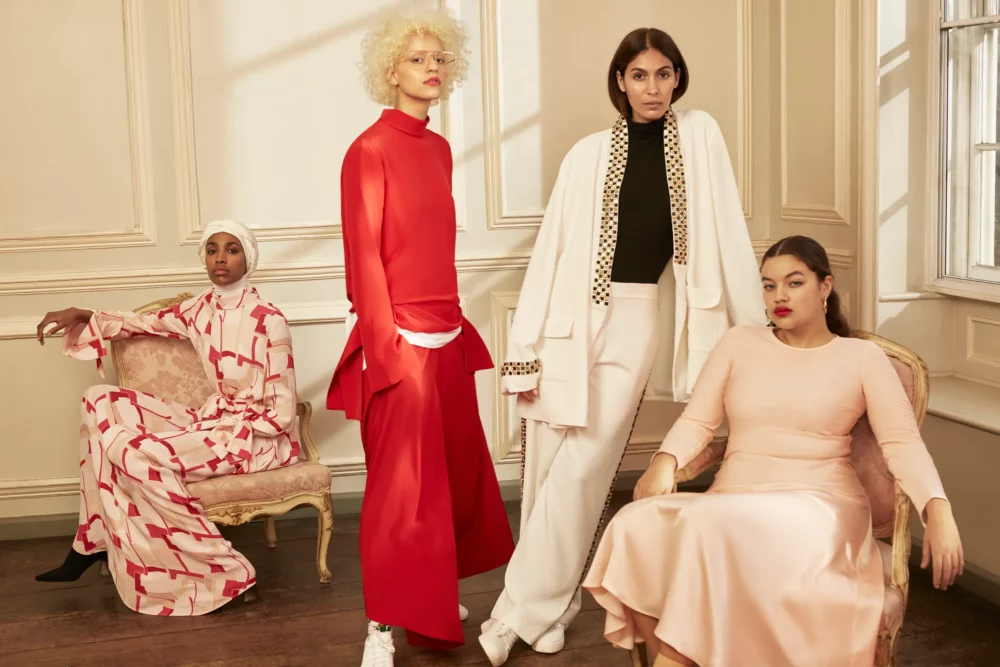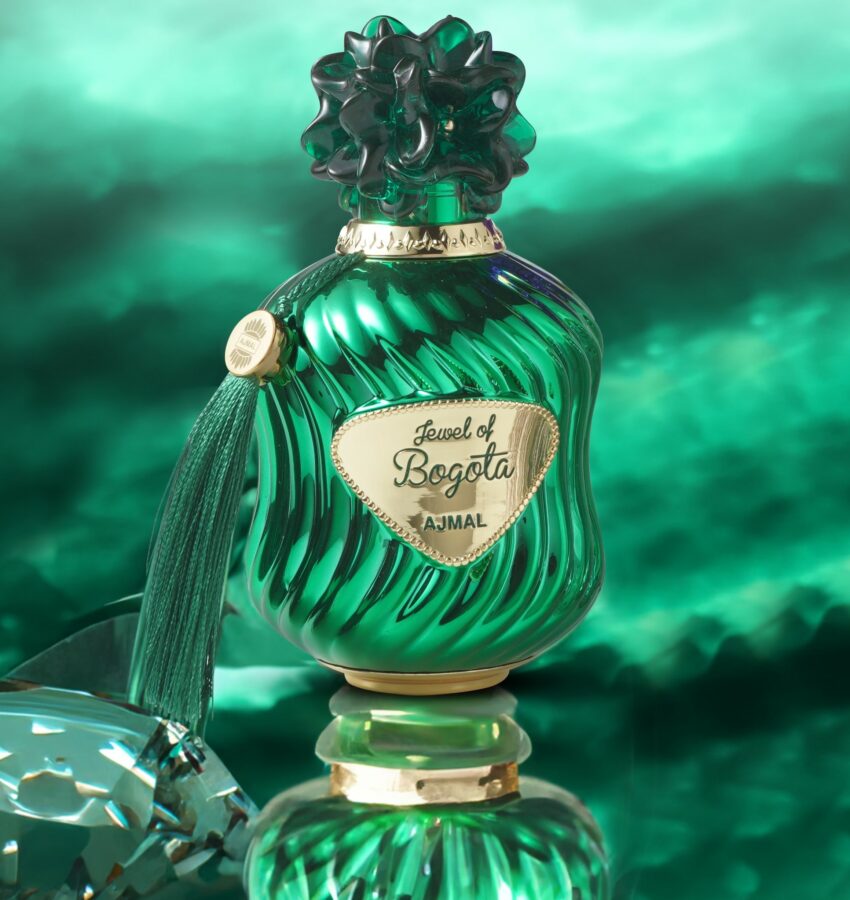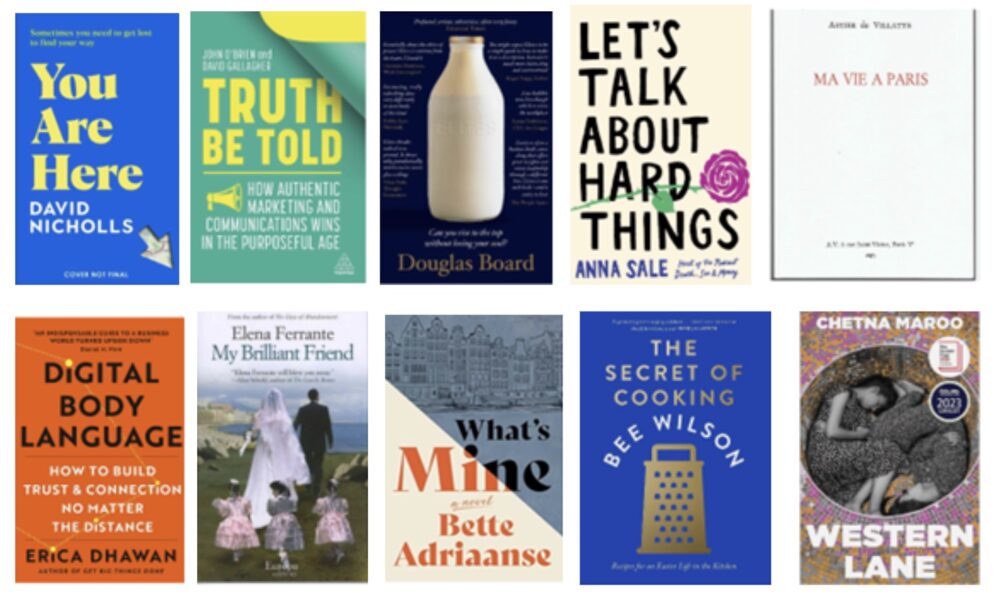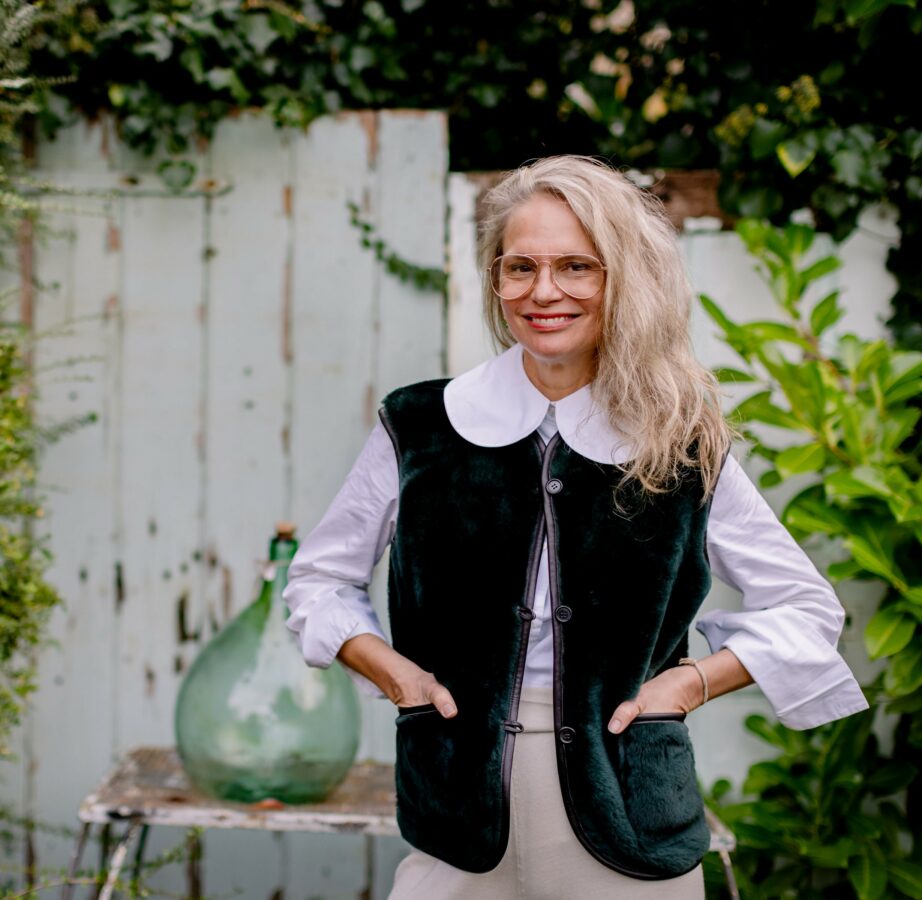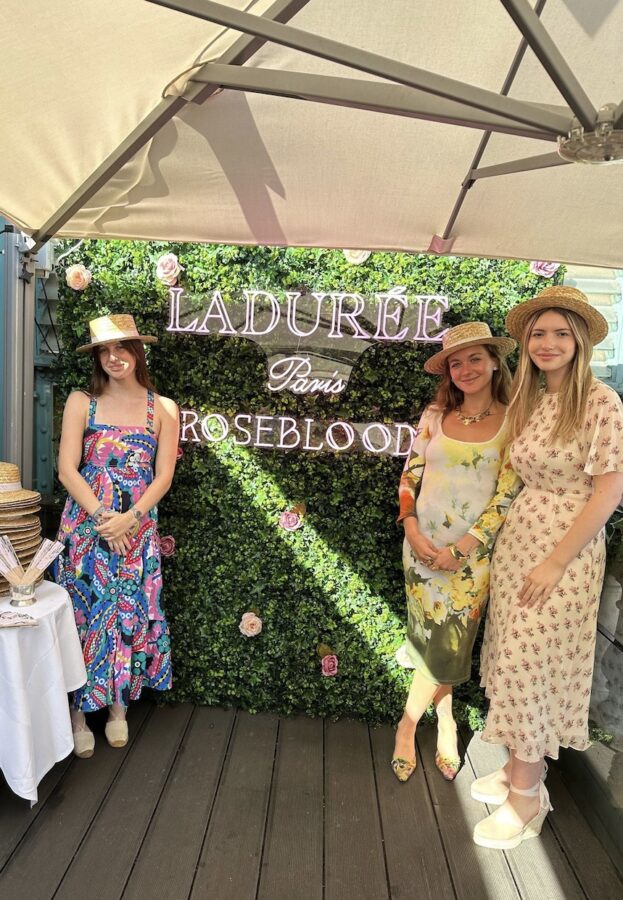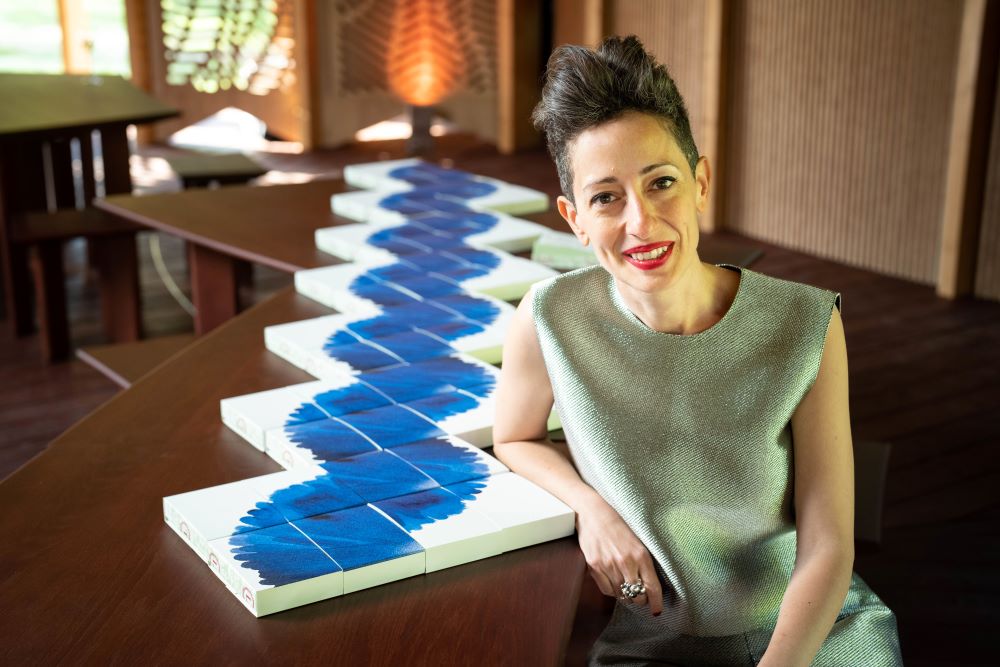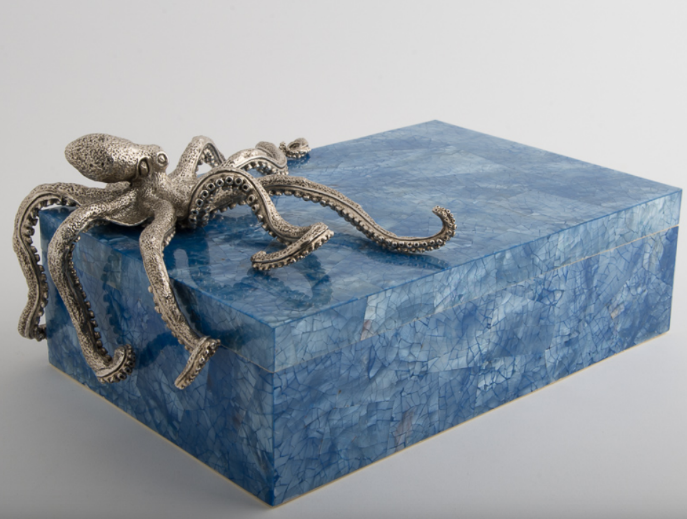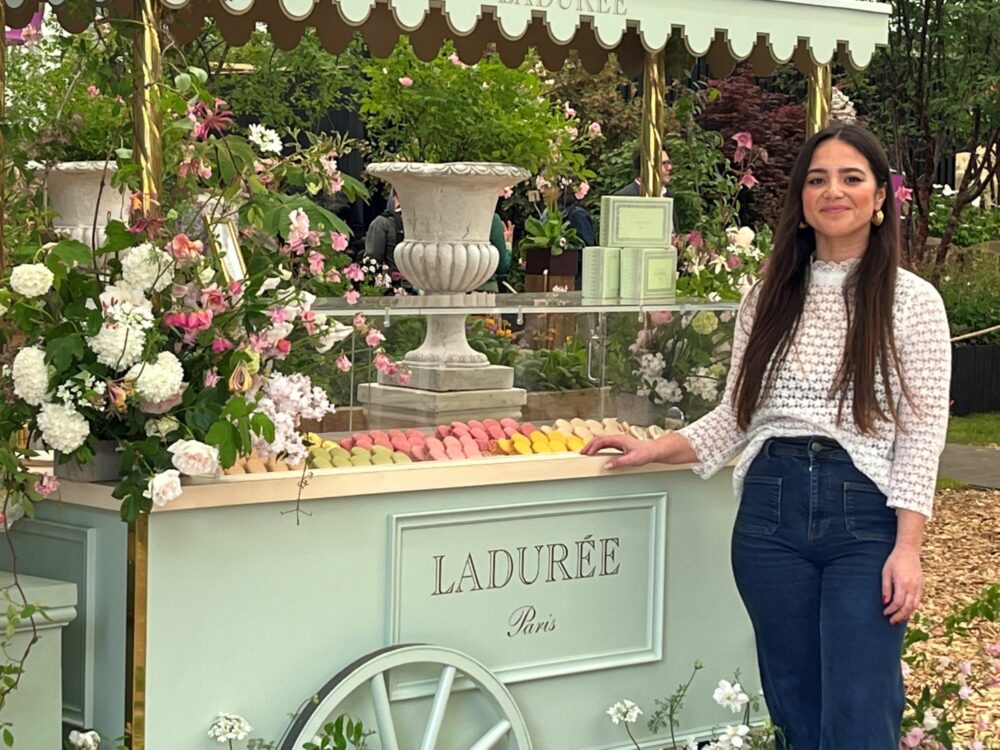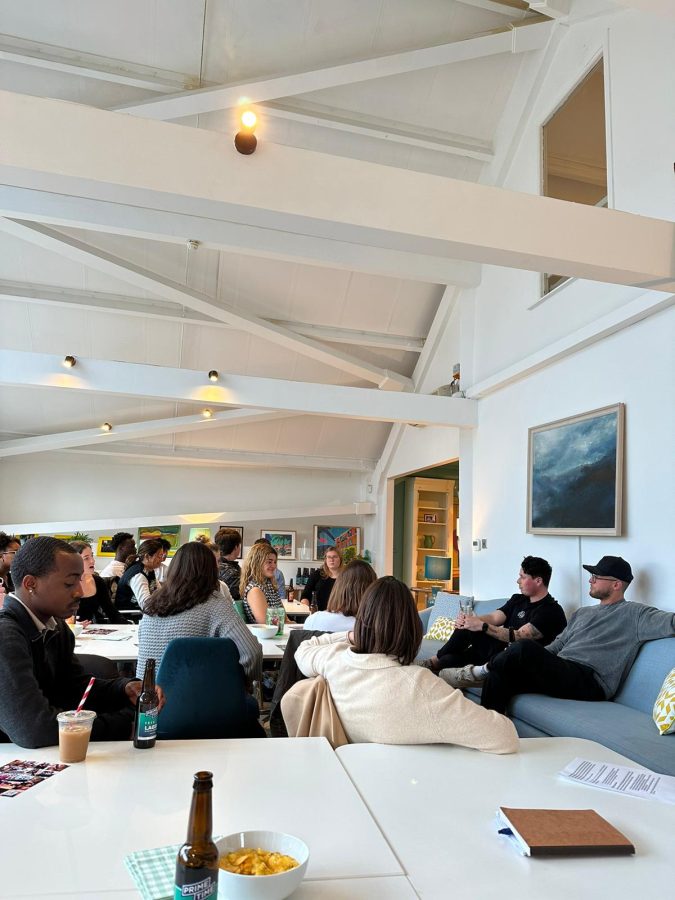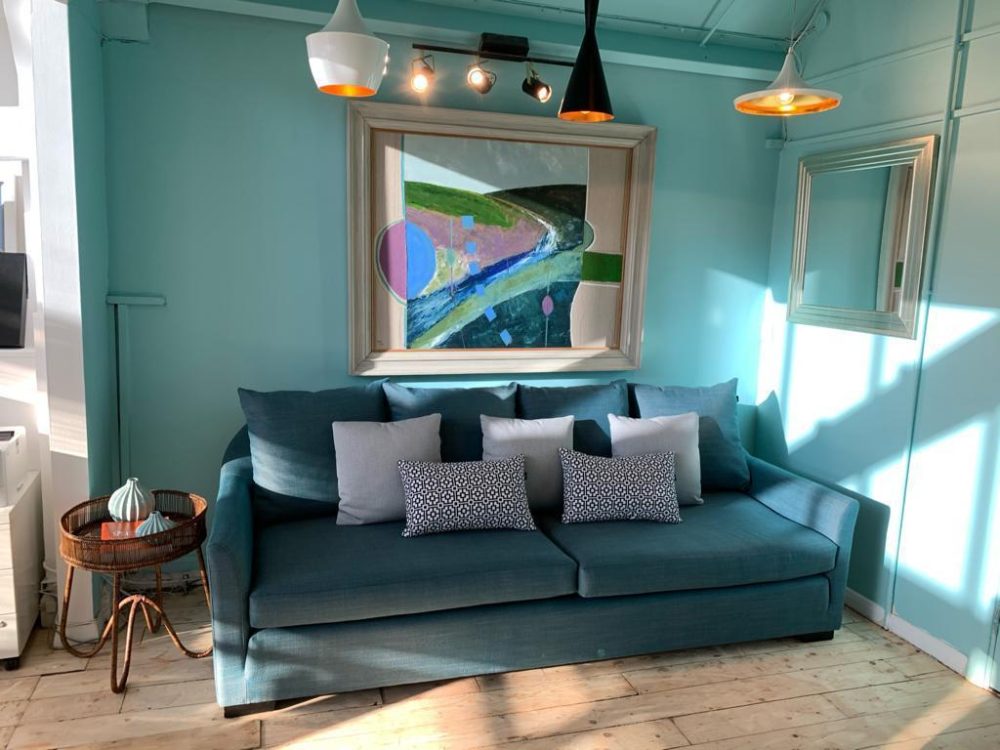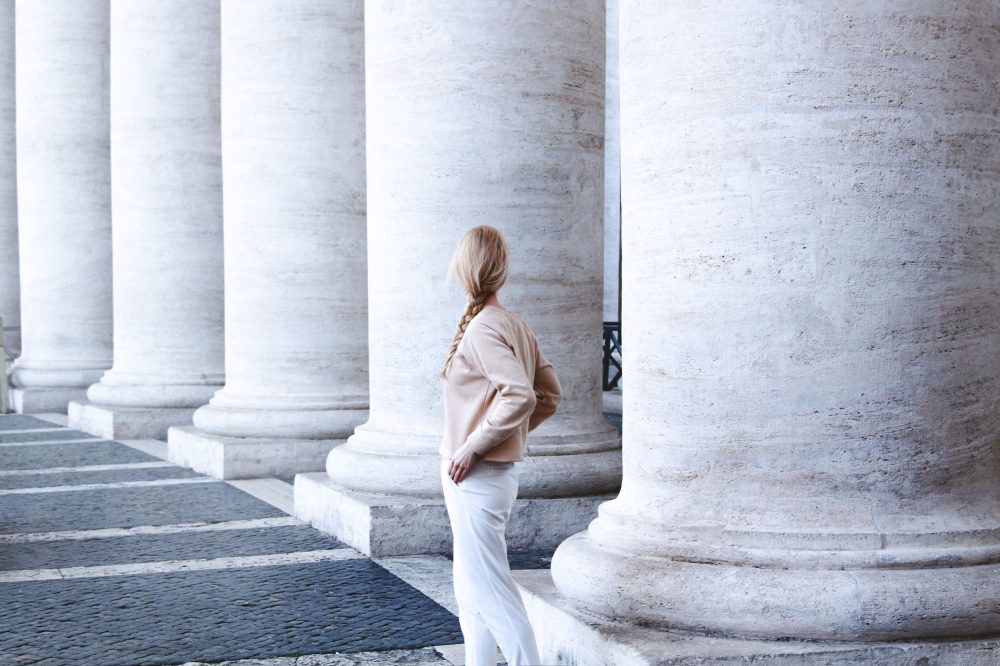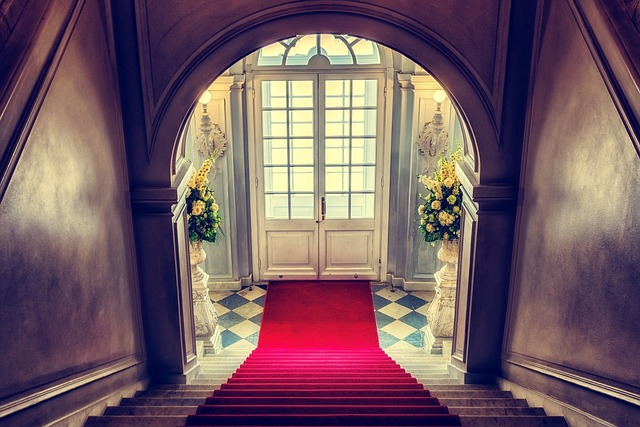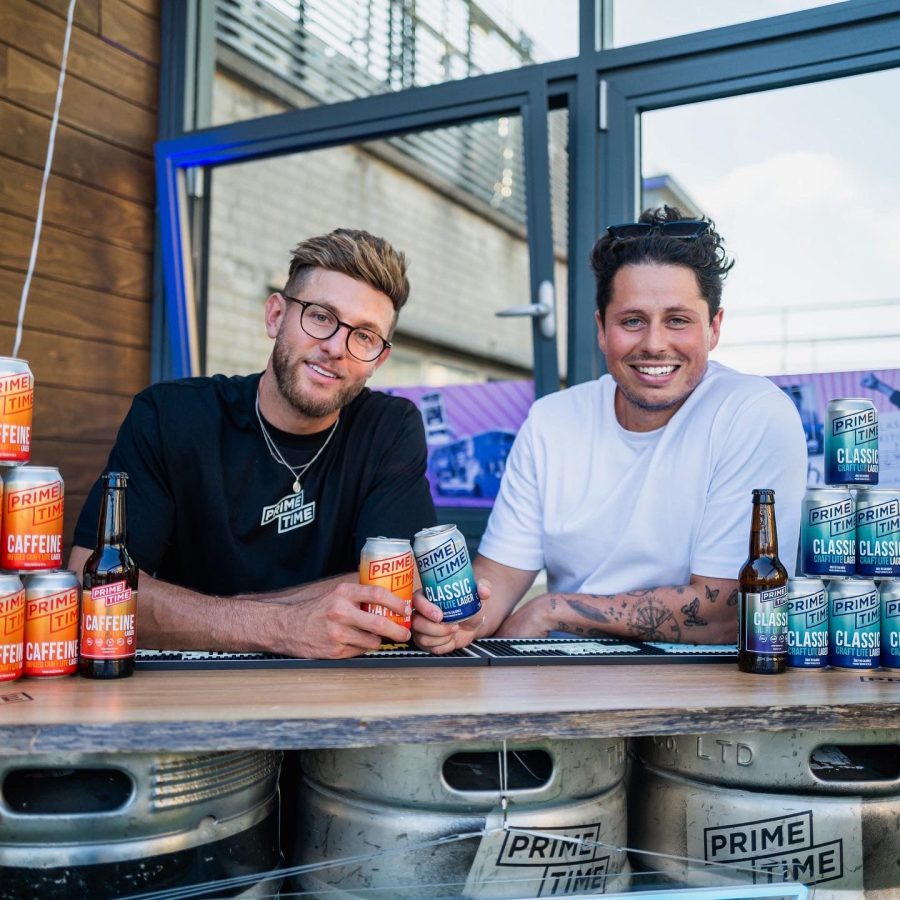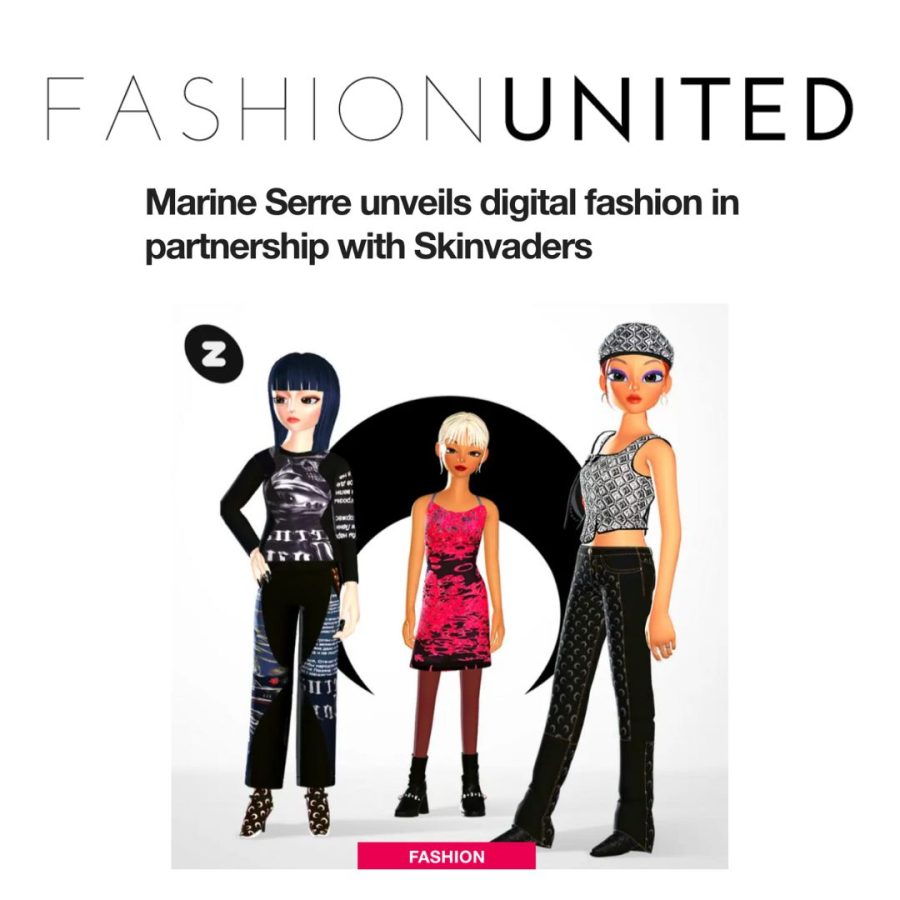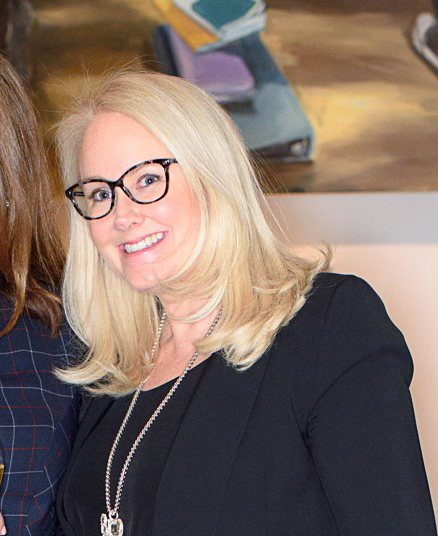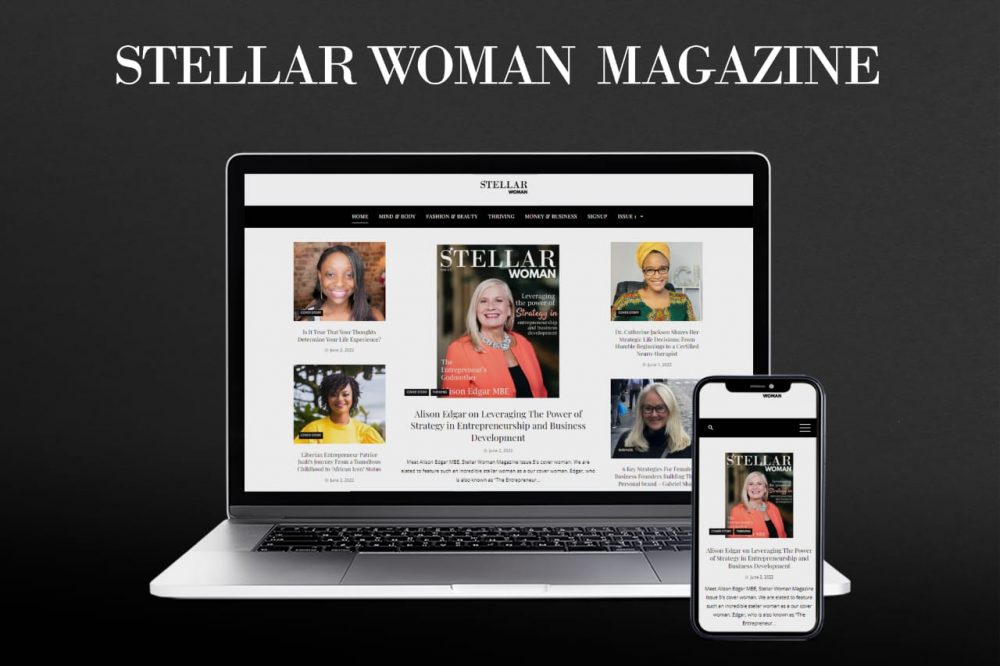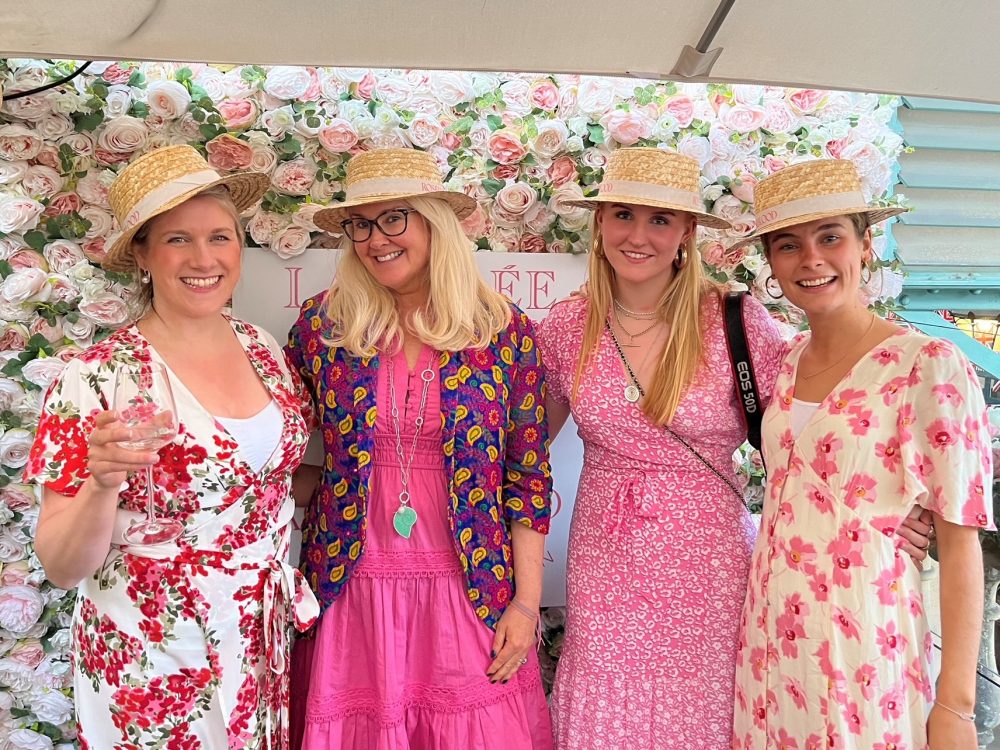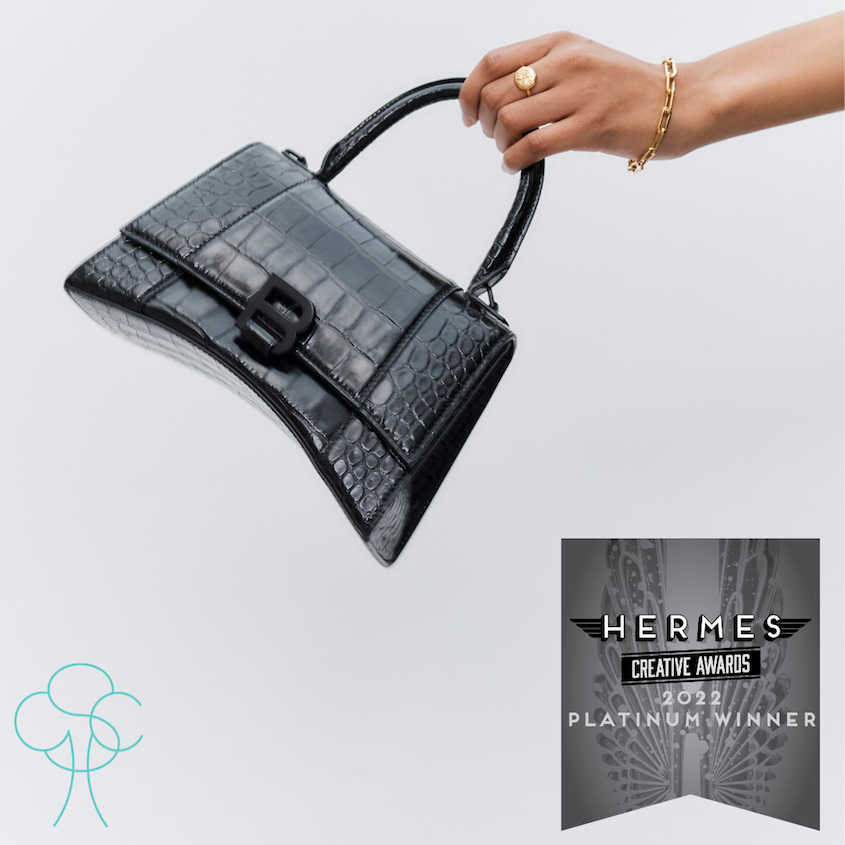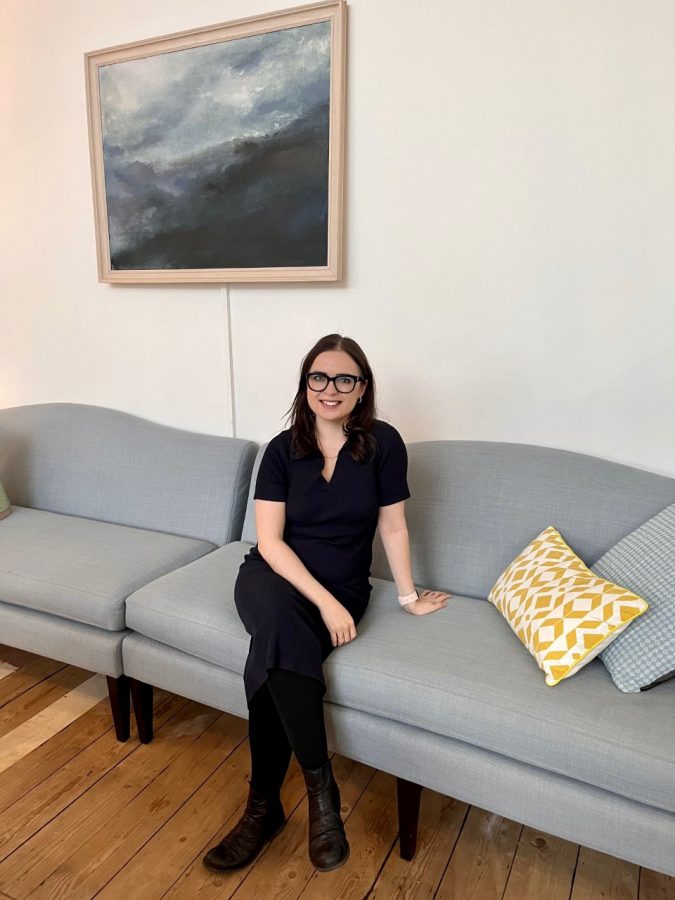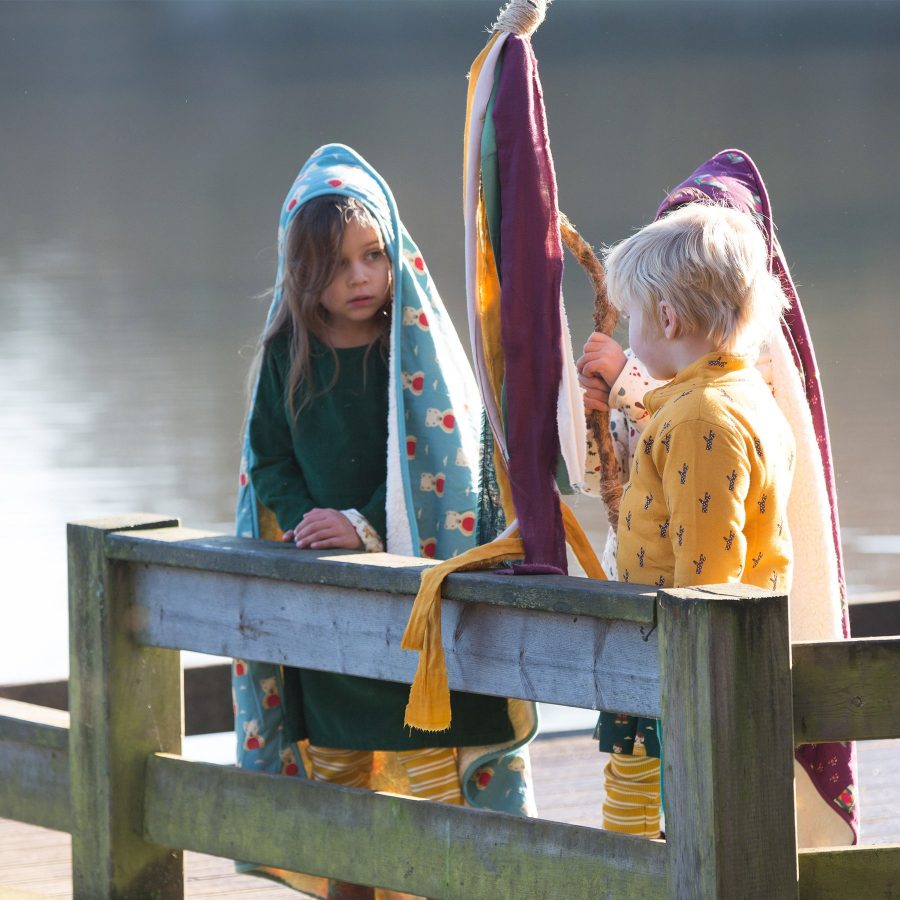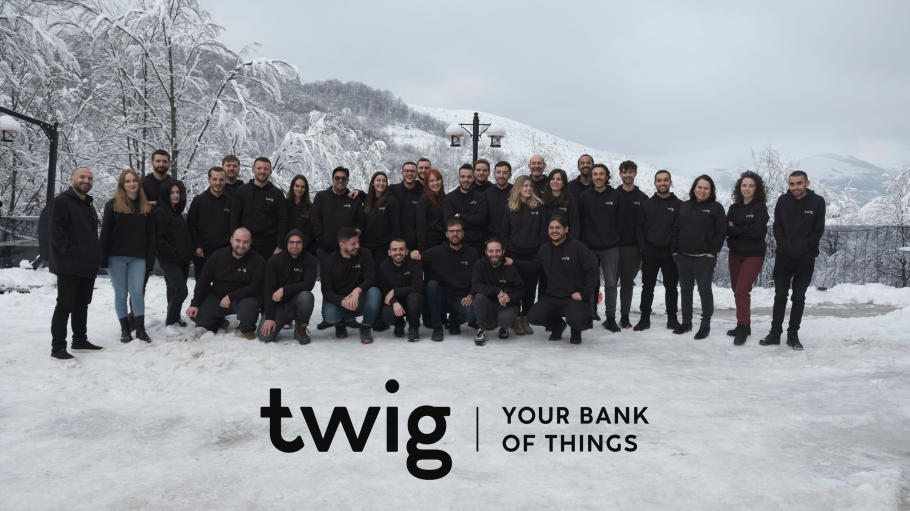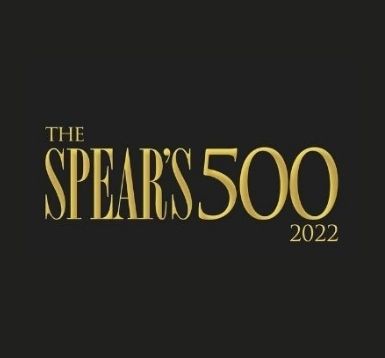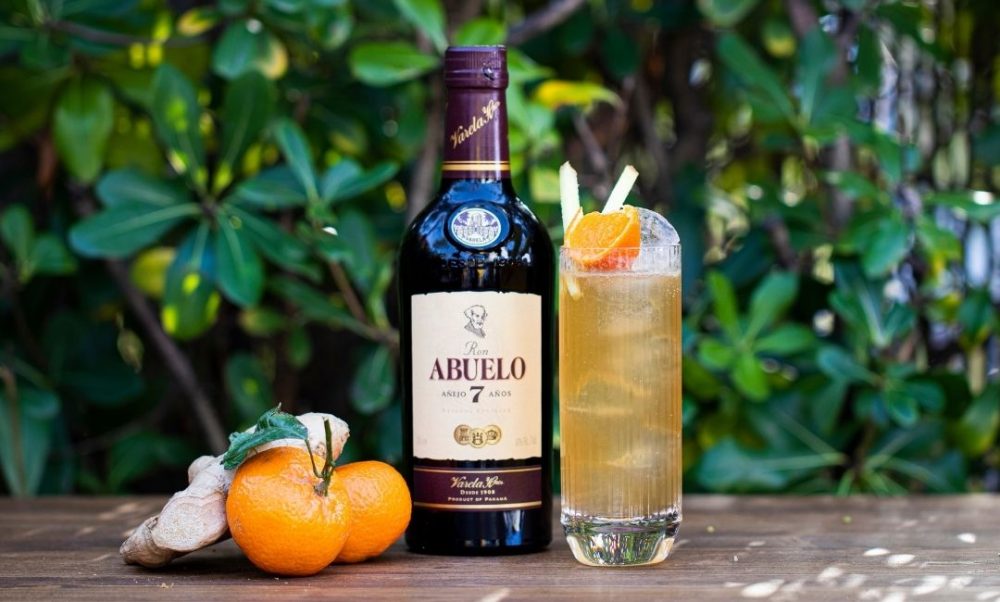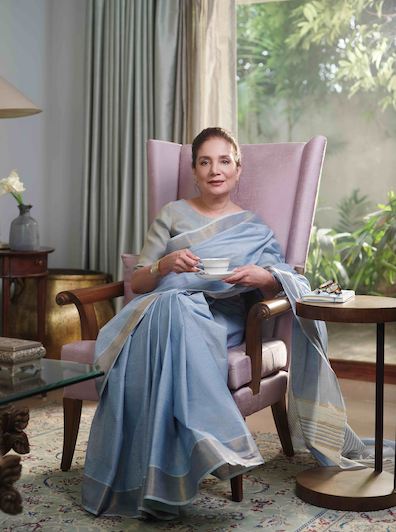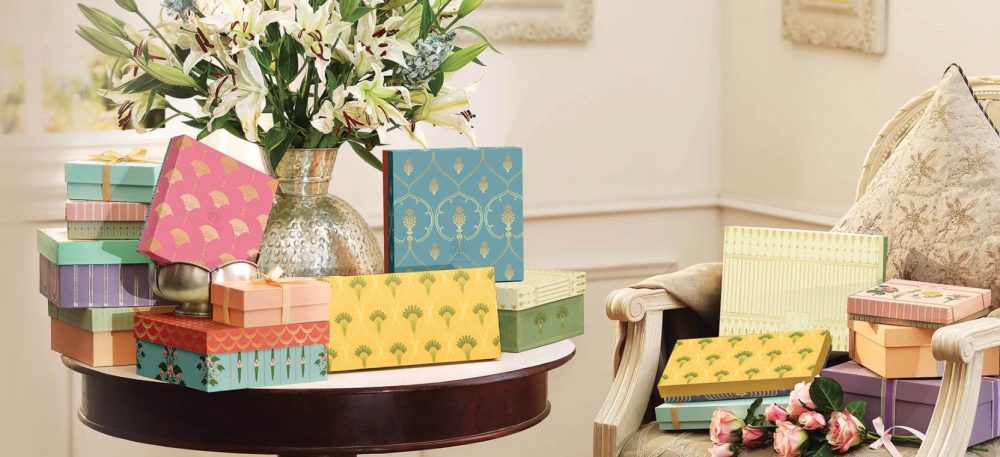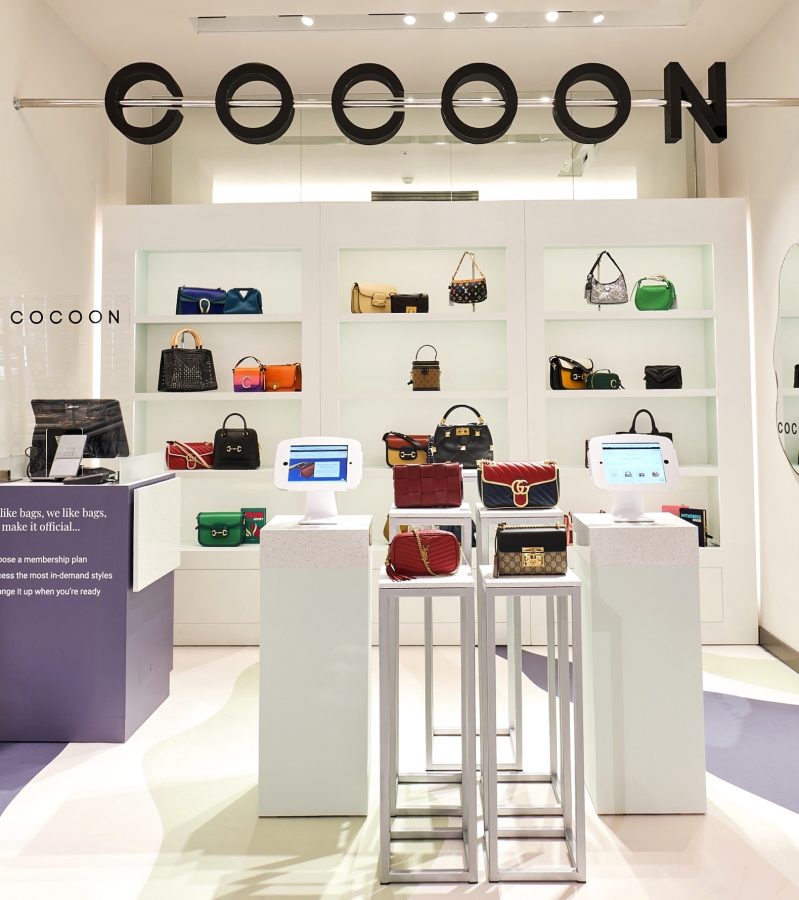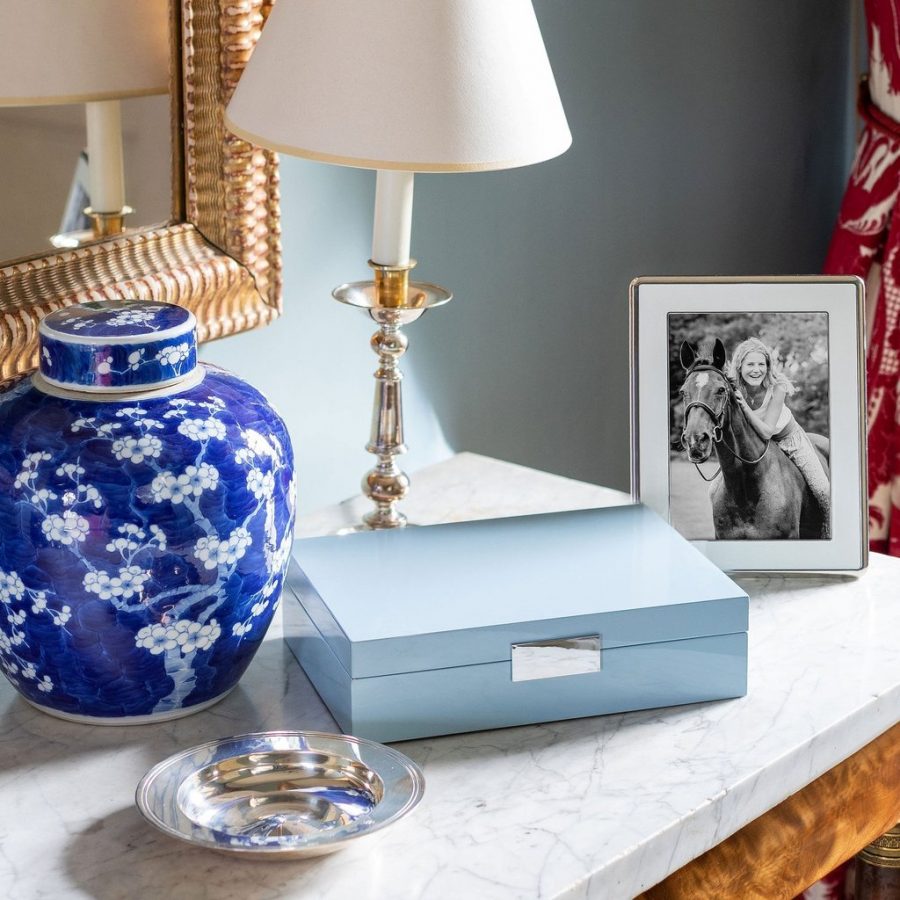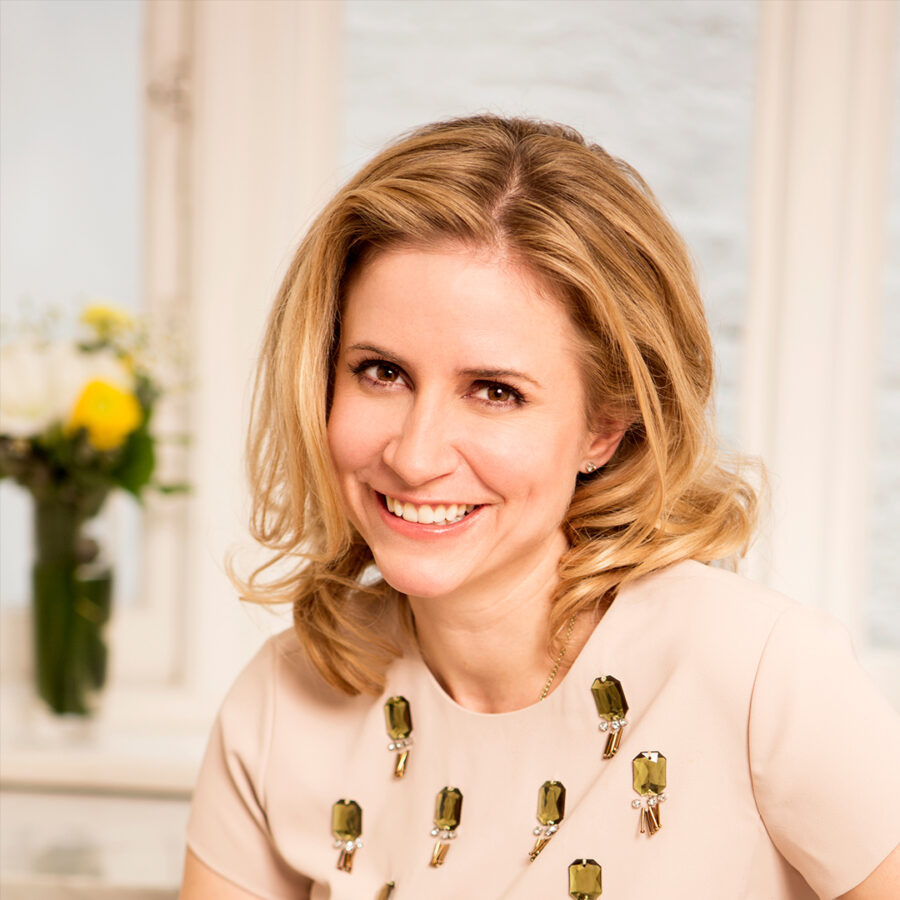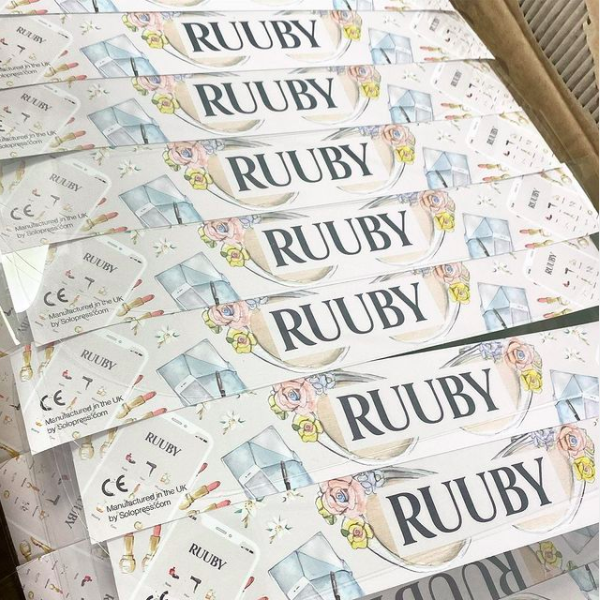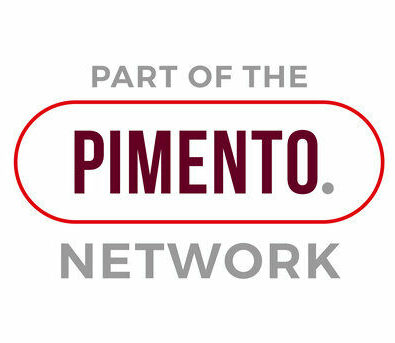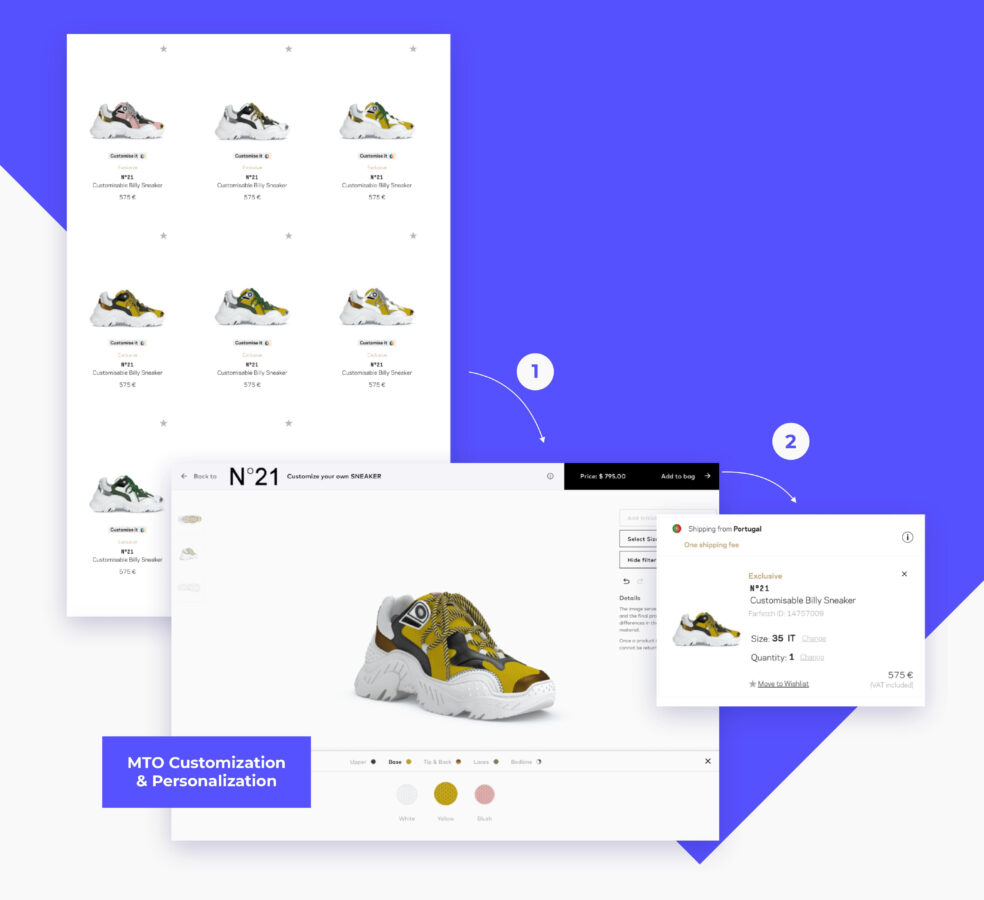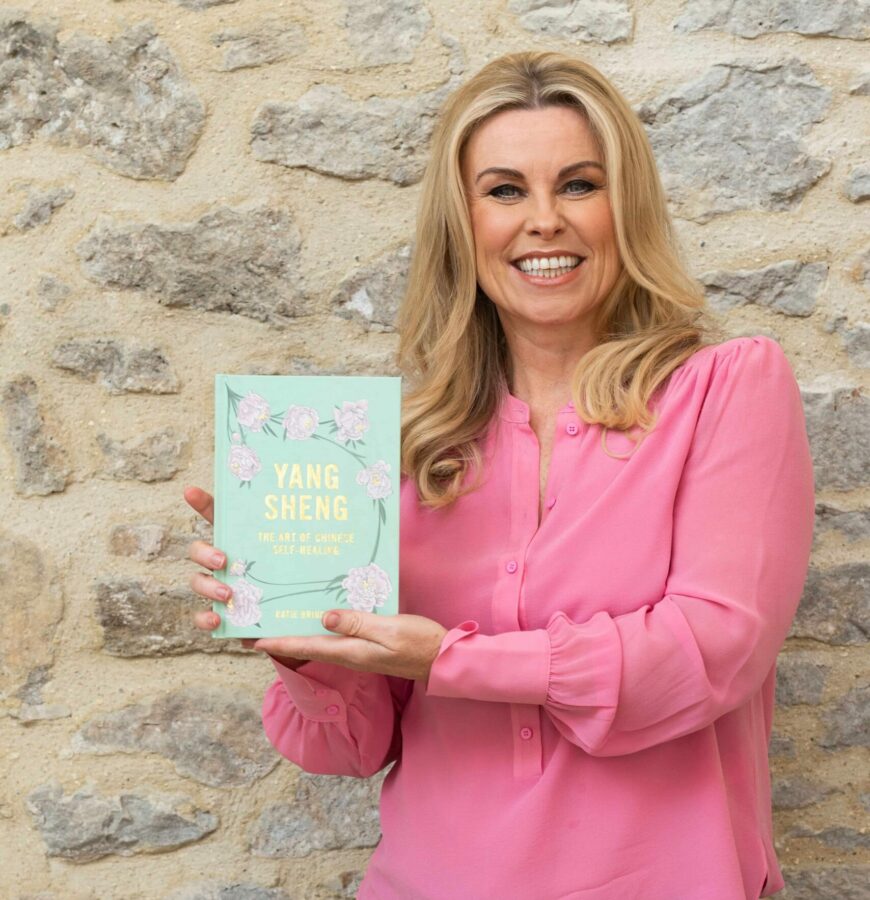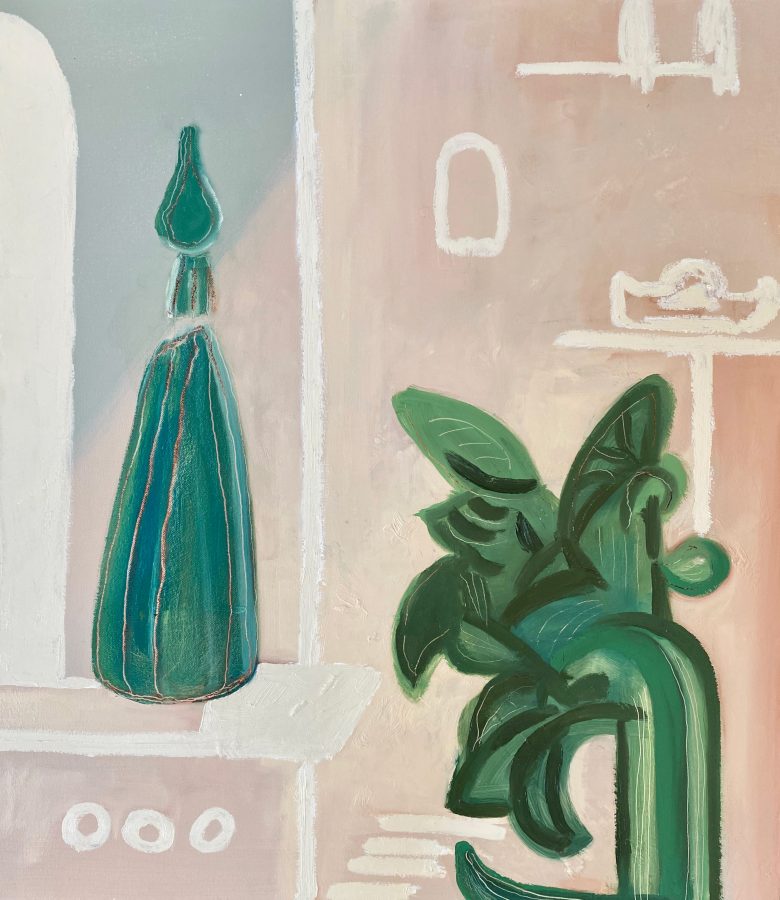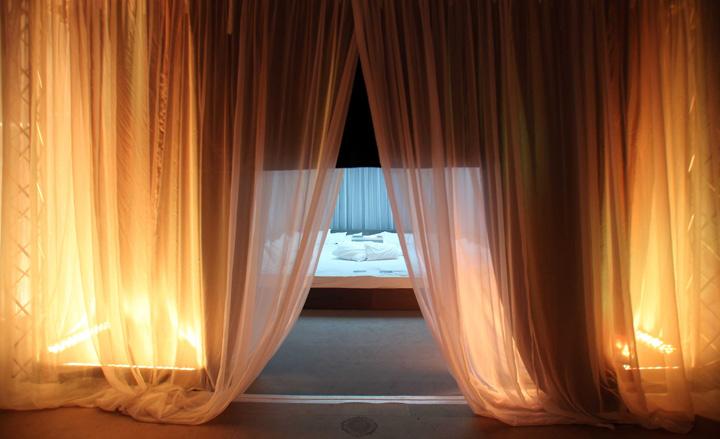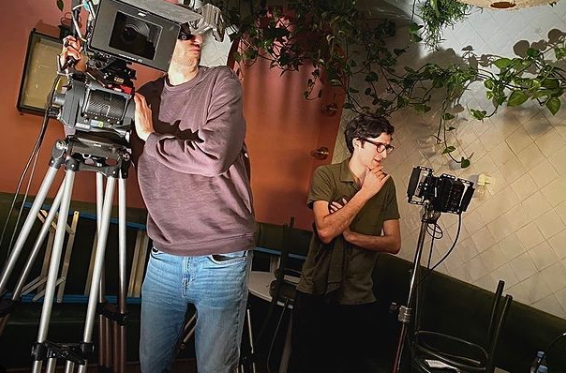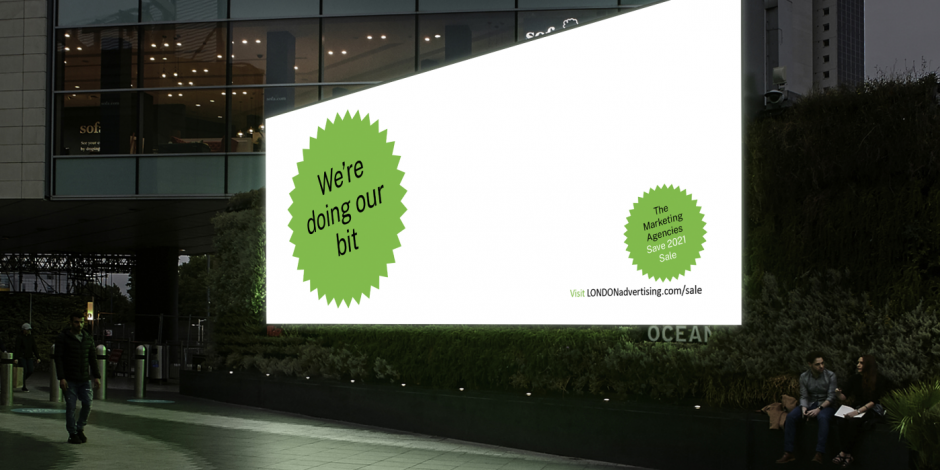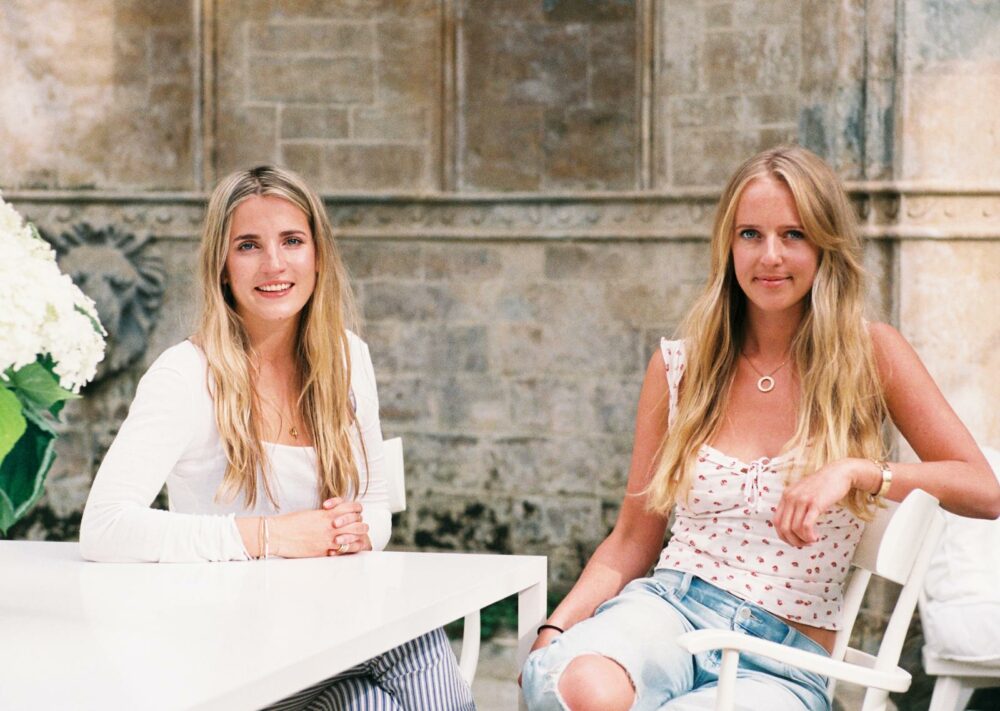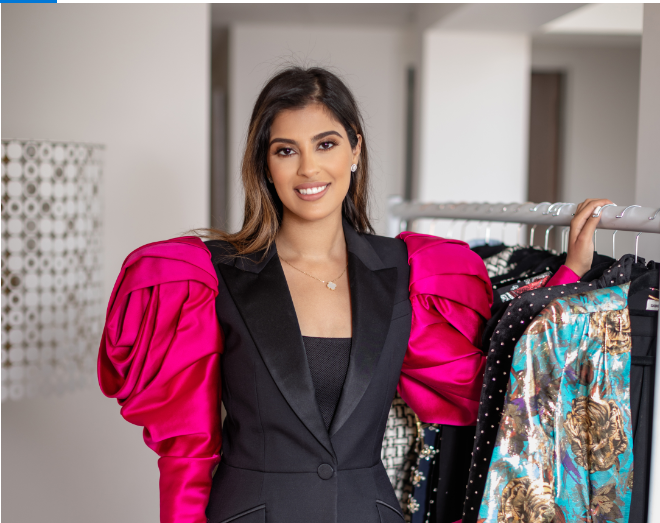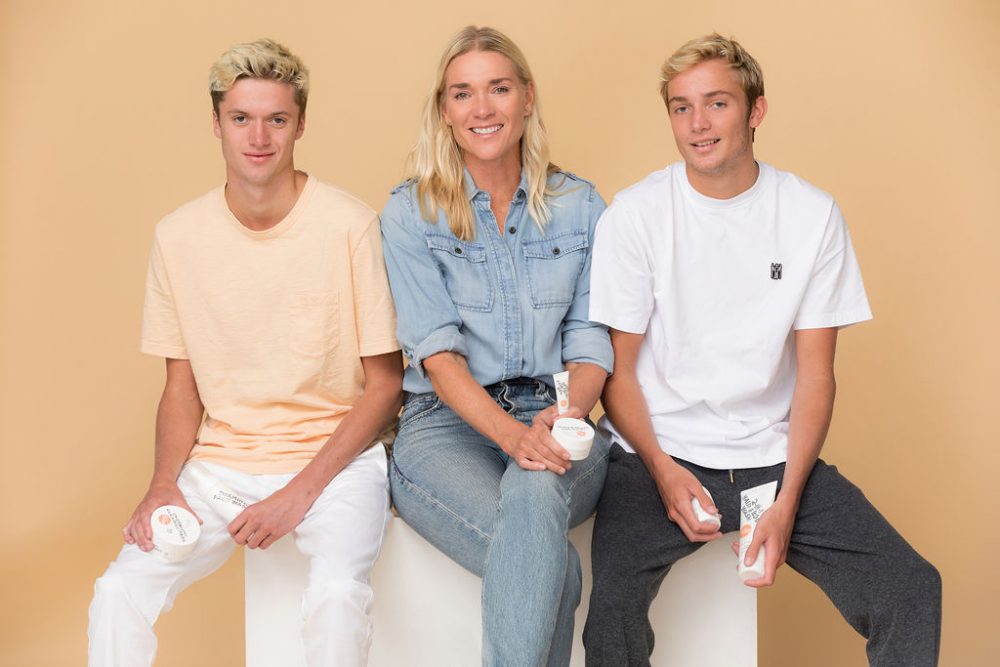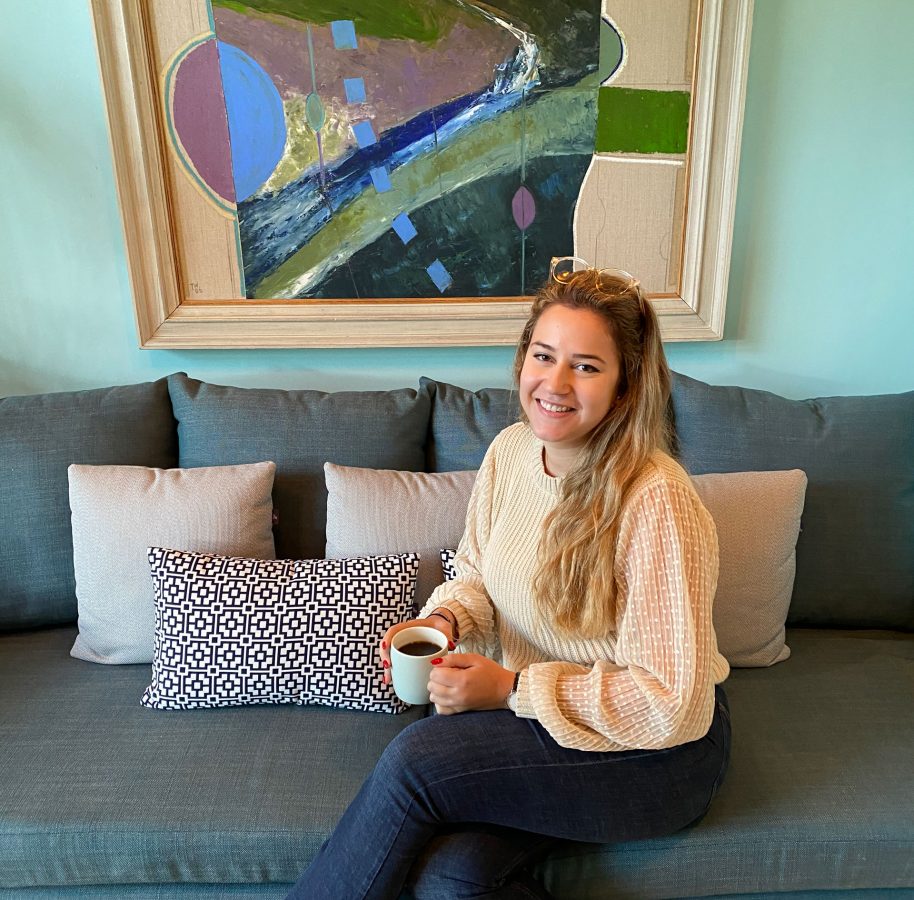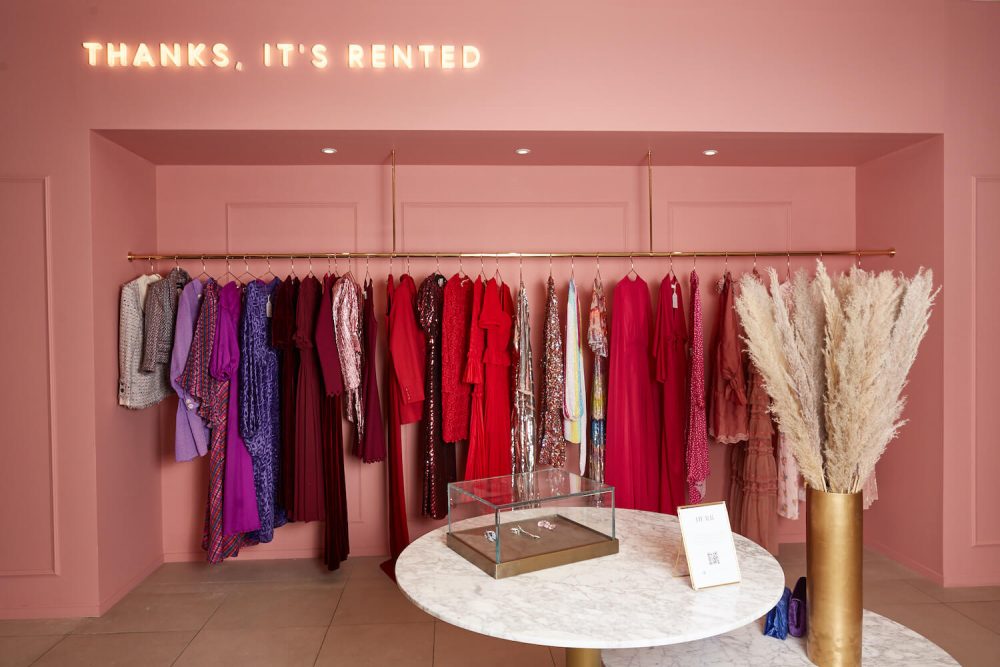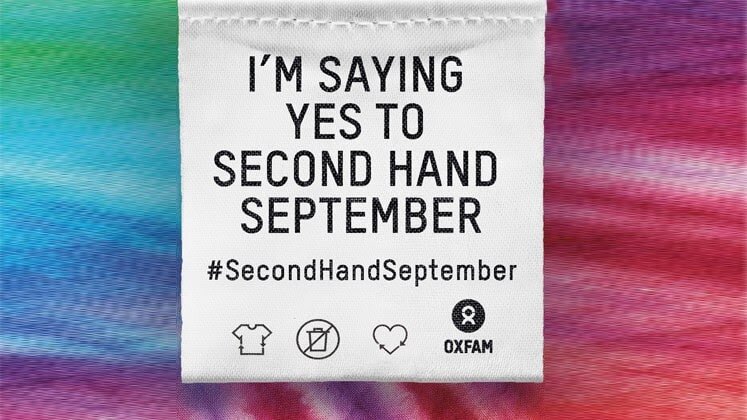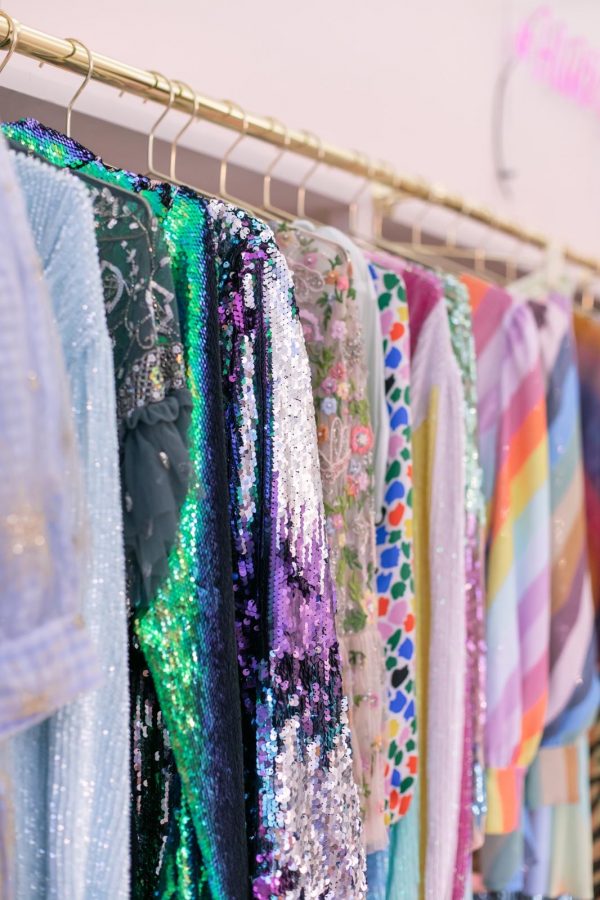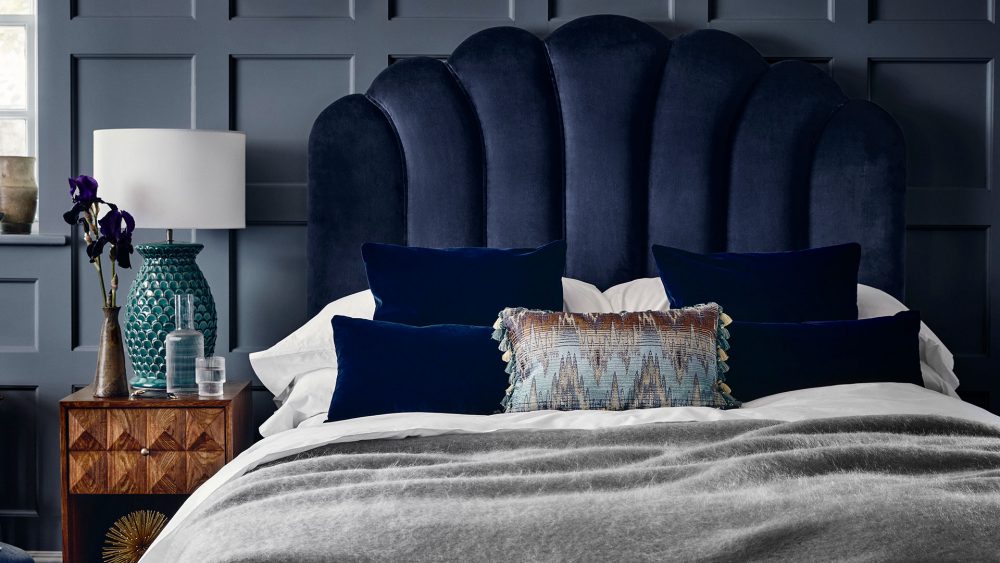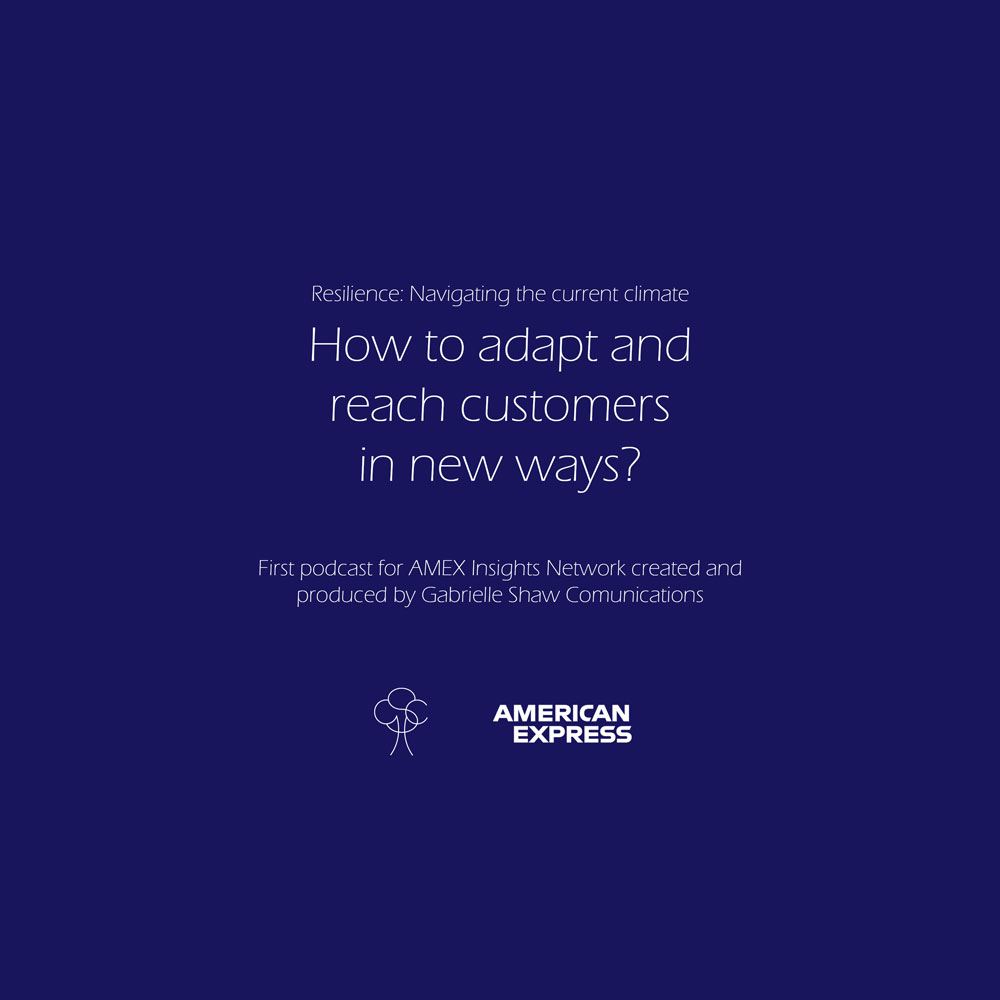At the Table with Luxury Fashion Houses
Published 08 / 29 / 2025At the Table with Luxury Fashion Houses
How does a luxury fashion house become more than a label? Luxury houses are transforming dining into an extension of their brand, by curating immersive sanctuaries of style and taste, where artisan coffee combines with high fashion.
Experiential marketing is being leveraged in a different way, at an attempt to connect with a wider and younger audience, extend brand touchpoints and deliver immersive brand storytelling. A pioneer in the multi-sector collaboration was Ralph Lauren with the launch of Ralph’s Coffee – an innovative move that has since inspired brands like Cafe Leon Deore and Coach Coffee Shop. These spaces now serve as creative playgrounds, blending brand identify with lifestyle experiences.
Capturing the next generation of consumers requires more than just a product, it demands an experience. While a luxury handbag may command thousands, an evening at a brand’s signature bar offers an indulgence at a fraction of the cost. These curated encounters are not mere transactions, they are invitations into the world of the brand, cultivating emotional resonance and lasting connection. By engaging young consumers through immersive, aspirational moments, the brand plants the seed for those who will define its future.
One of the luxury fashion industries success stores is Gucci Osteria, which is bringing the brand’s aesthetic to life beyond fashion. Its most iconic restaurant is set in Florence, the birthplace of the luxury brand, nestled in the Gucci Garden. Sumptuous dishes and meticulously curated drinks, infused with artistry and elegance are accessible for a modest price, inviting its audience to step into with its sensory-rich realm of gastronomy, art and design that’s more captivating than couture alone.
The Michelin-starred status of these osteria’s elevates Gucci’s reputation for excellence beyond fashion and is seen as a wedding of two Italian excellencies by insiders and is facilitating new entry points for Gucci through travel, food and culture.
Louis Vuitton has recently opened the Le Café Louis Vuitton in New York, their first culinary flagship in the US, which specialises in what it terms ‘luxury snacking’ via a menu that focuses on tempting smaller plates. The restaurant stands out by delivering haute cuisine without taking itself too seriously and is described as ‘approachable yet luxurious experience’ by diners. Louis Vuitton is further illustrating a deliberate shift in the industry from product-centric to experience-centric luxury, by crafting immersive, multi-sensory experiences to engage more deeply with consumers.
Another showcase of a luxury brand extending its expertise beyond fashion, is Chanel’s vineyards which recently gave access and insights to FT How To Spend It into their wine producing, highlighting the importance of this to the brand house. The house owns two Bordeaux estates, Chateau Rauzan-Segla in Margaux and Chateau Canon in Saint-Emilion, both of which produce world-class vintages under Chanel’s stewardship. In keeping with the brand’s ethos of exclusivity, these vineyards now offer an invite-only immersive experience, where select clients are given rare access to the winemaking process and the architectural heritage of the estates. This initiative not only reinforces Chanel’s positioning at the intersection of heritage and luxury but also exemplifies how ultra-high-net-worth brands are cultivating deeper experiential ties with their clientele.
Luxury fashion houses are transforming everyday indulgences into touchpoints of aspiration and artistry, forging emotional connections that transcend mere ownership of a product. Gucci Osteria and Chanel’s Vineyards are examples of how these brands can redefine what beauty looks like for their brand, whilst extending touchpoints. The most crucial aspect to these food and beverage experiences is that they are cultivating a future generation of consumers. See here what Vogue says about Gucci’s immersive dining and whether it’s the next step for luxury fashion.
